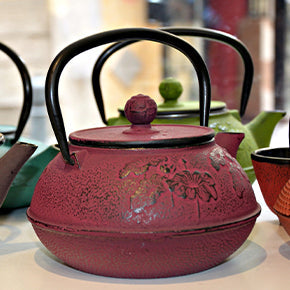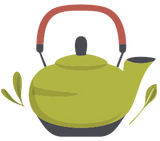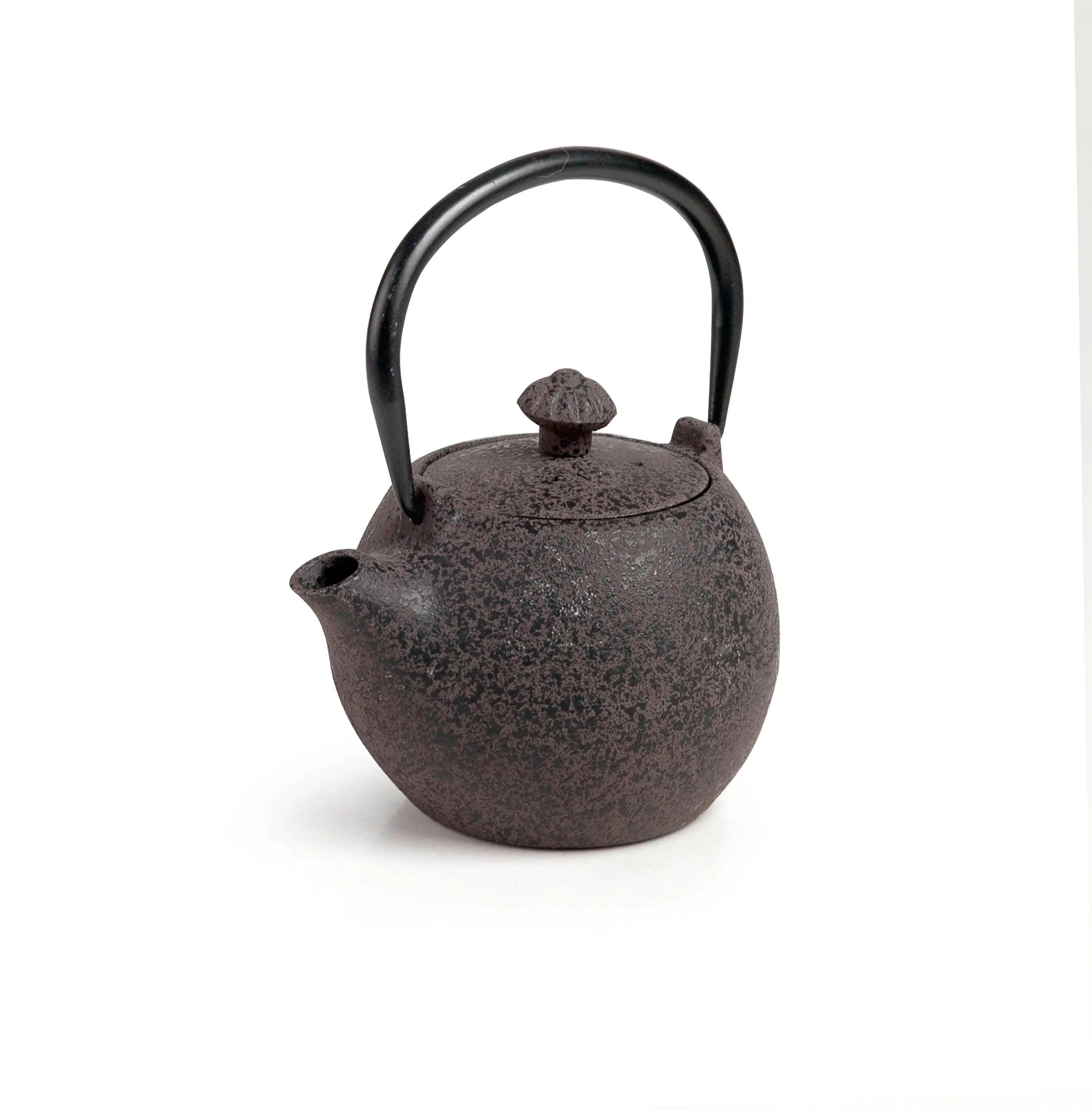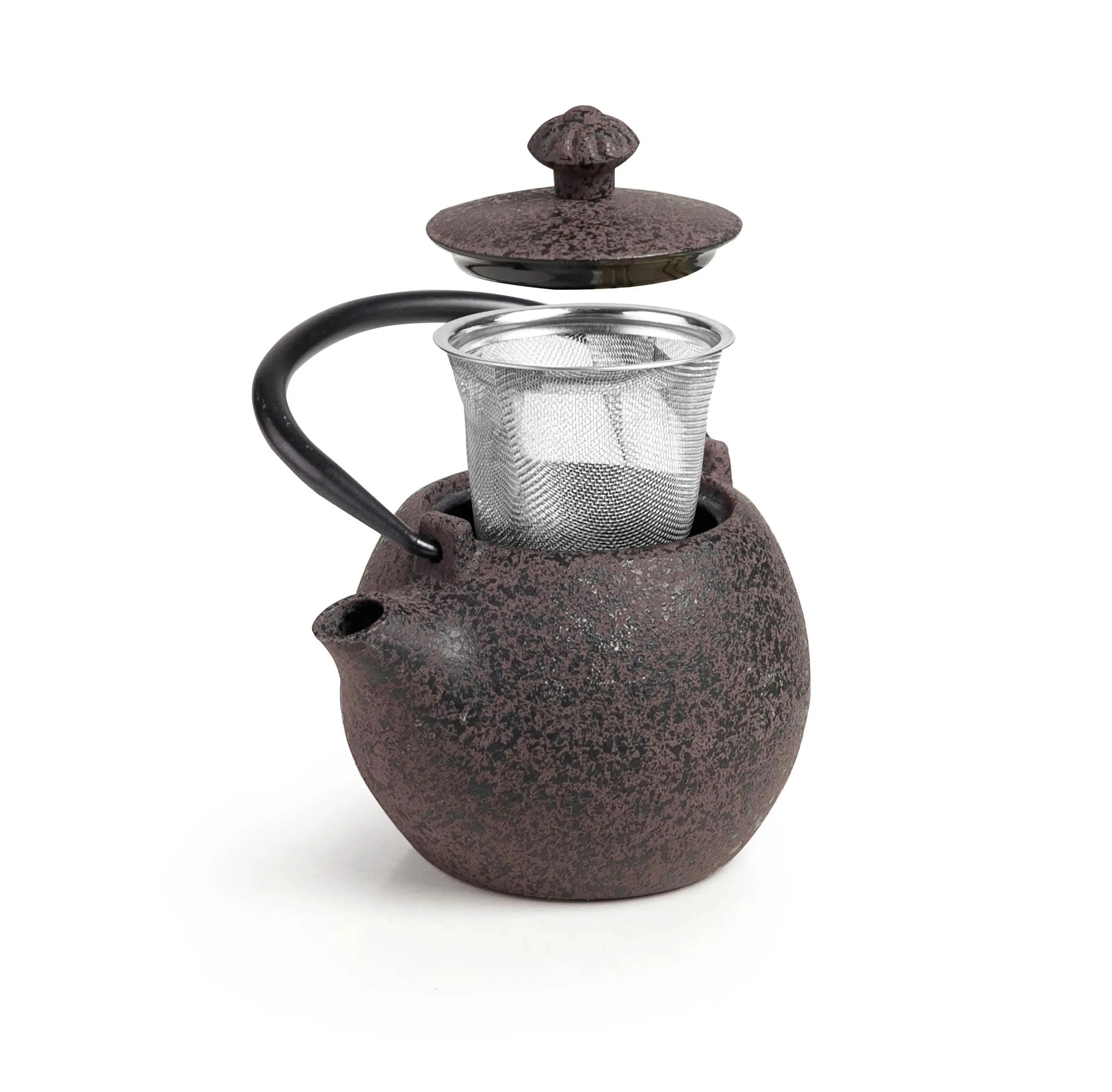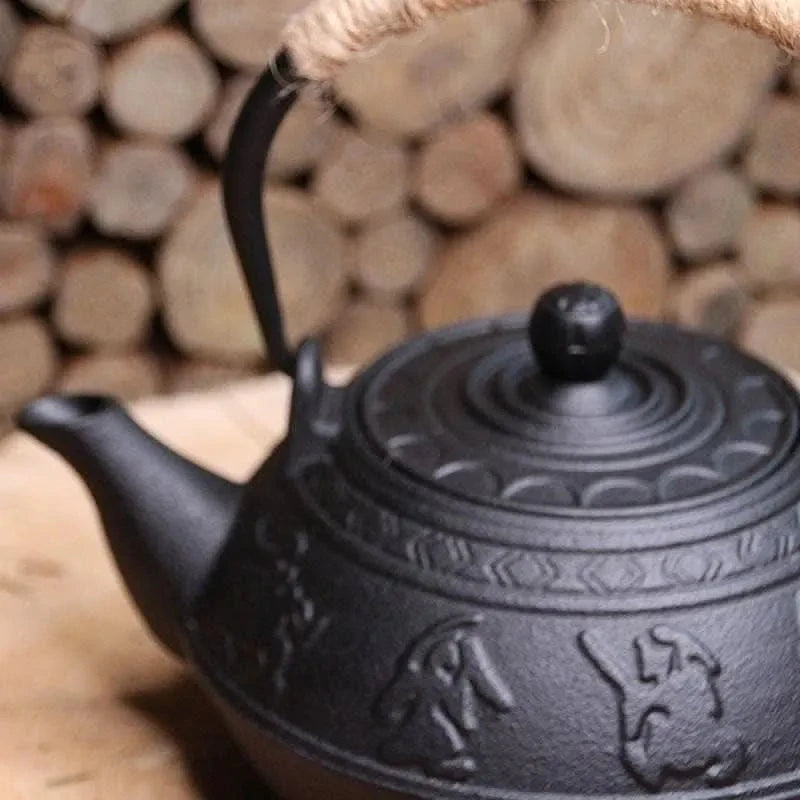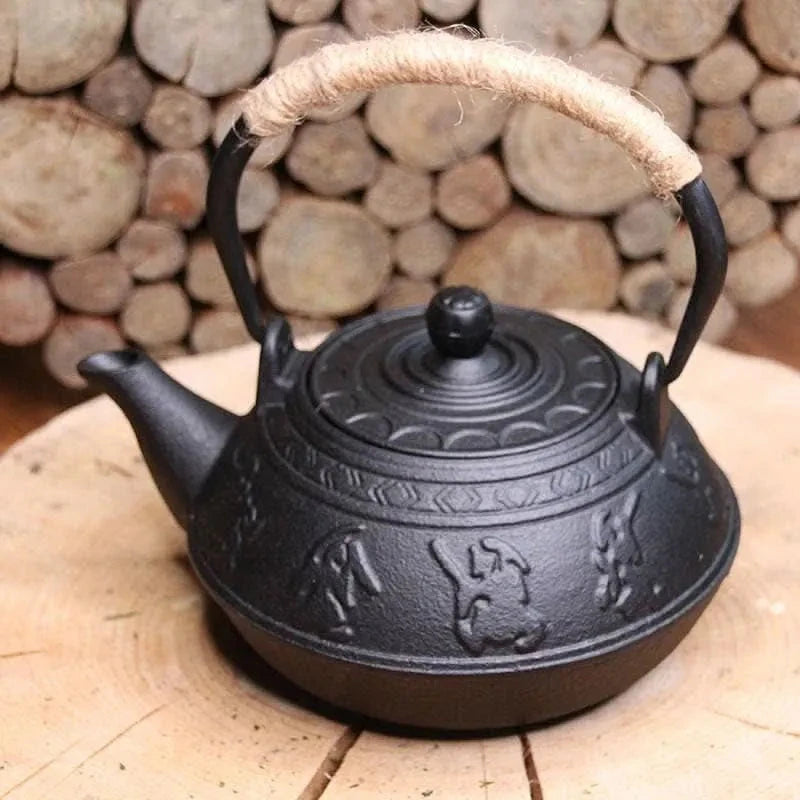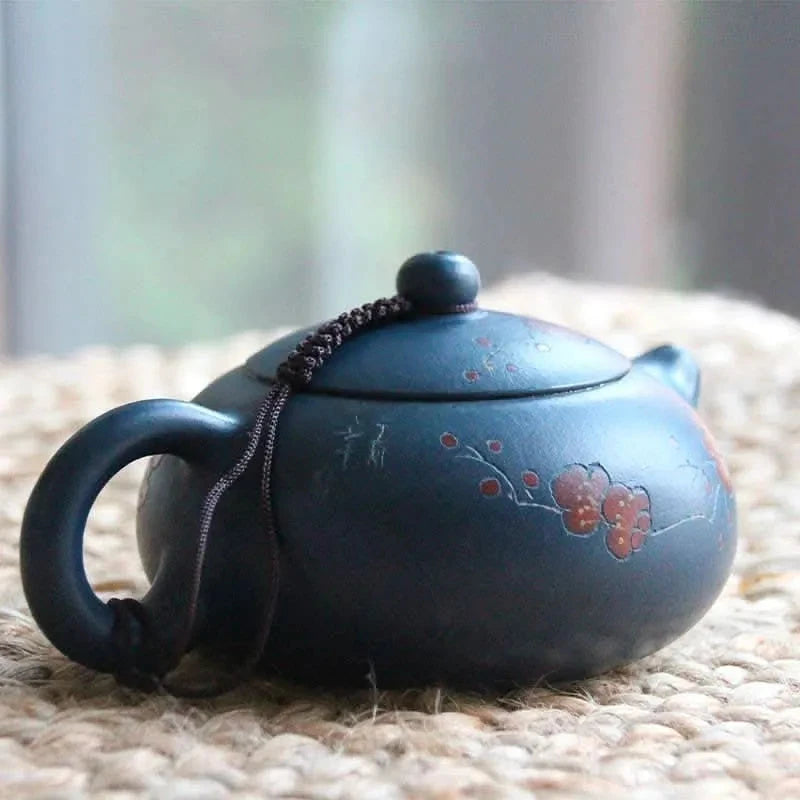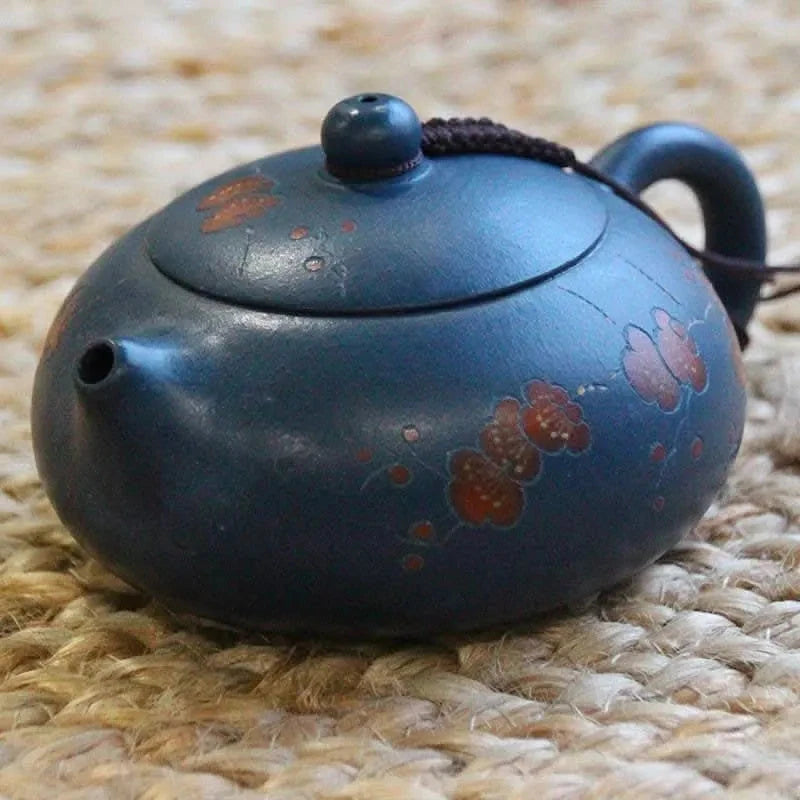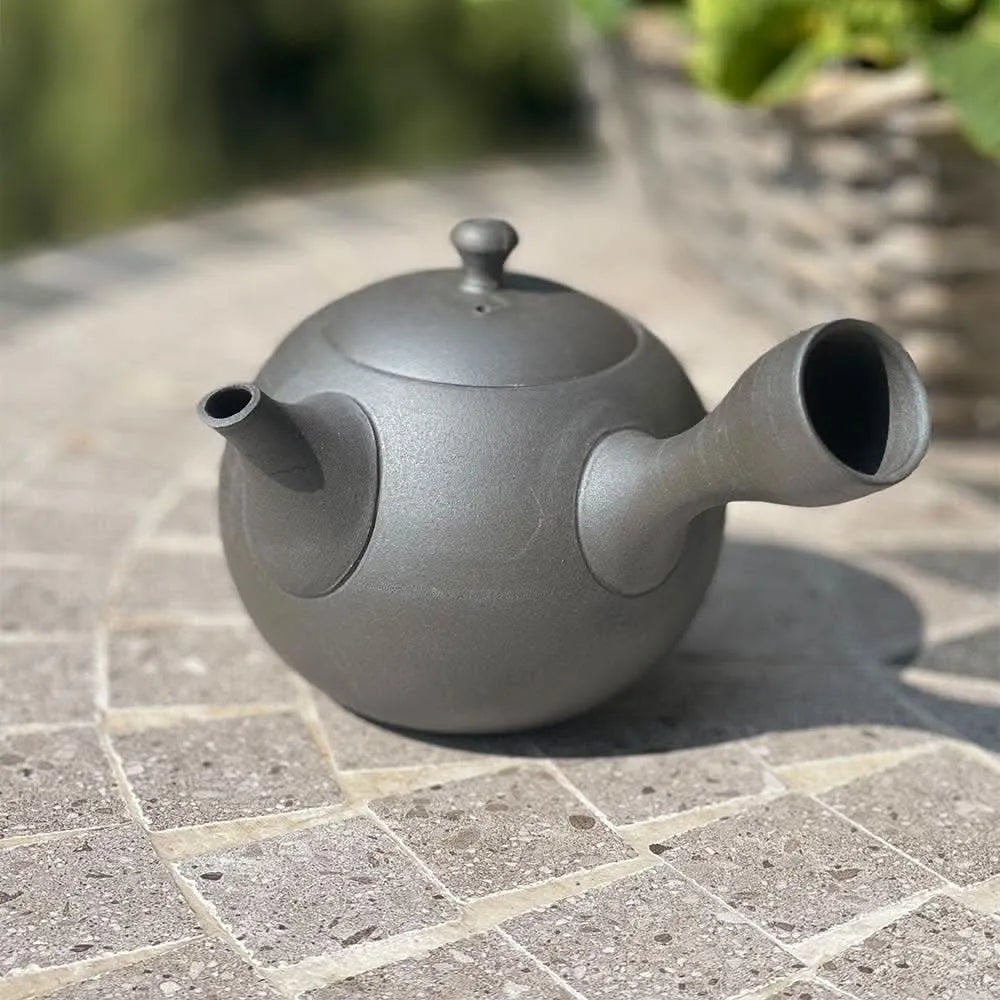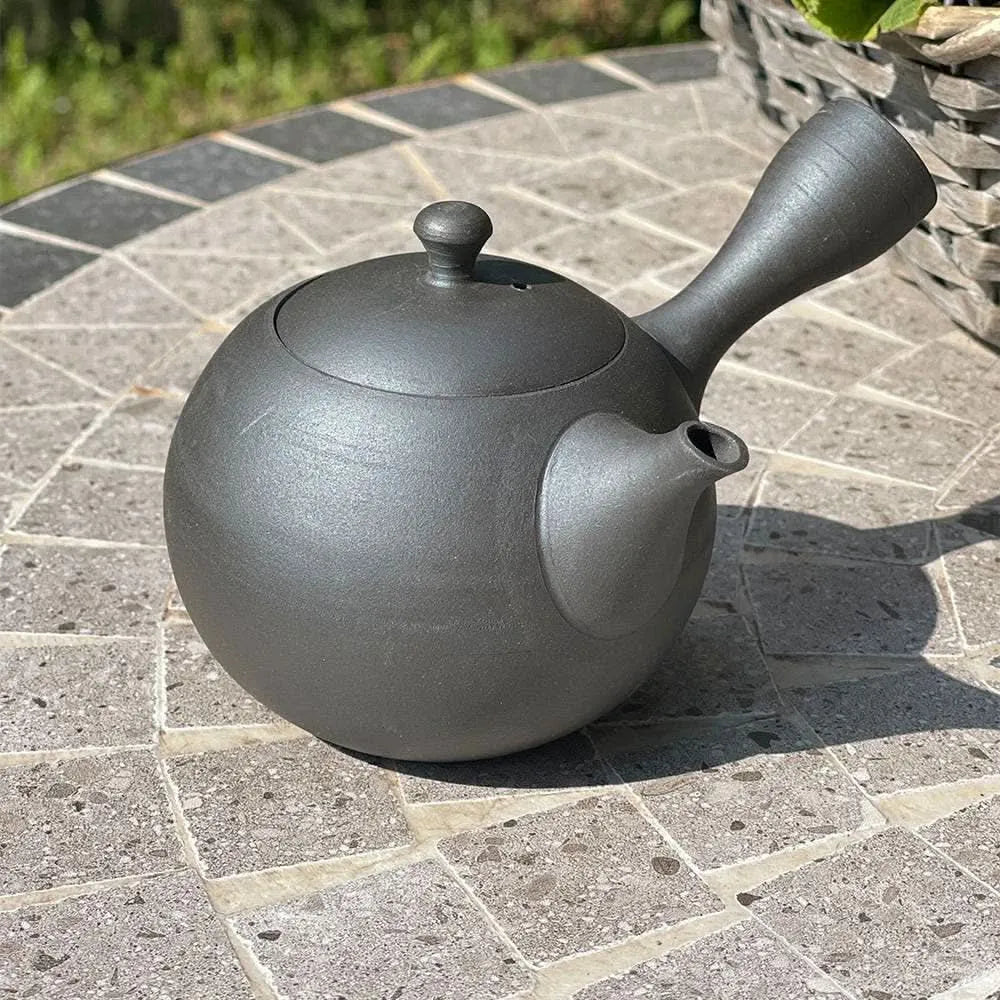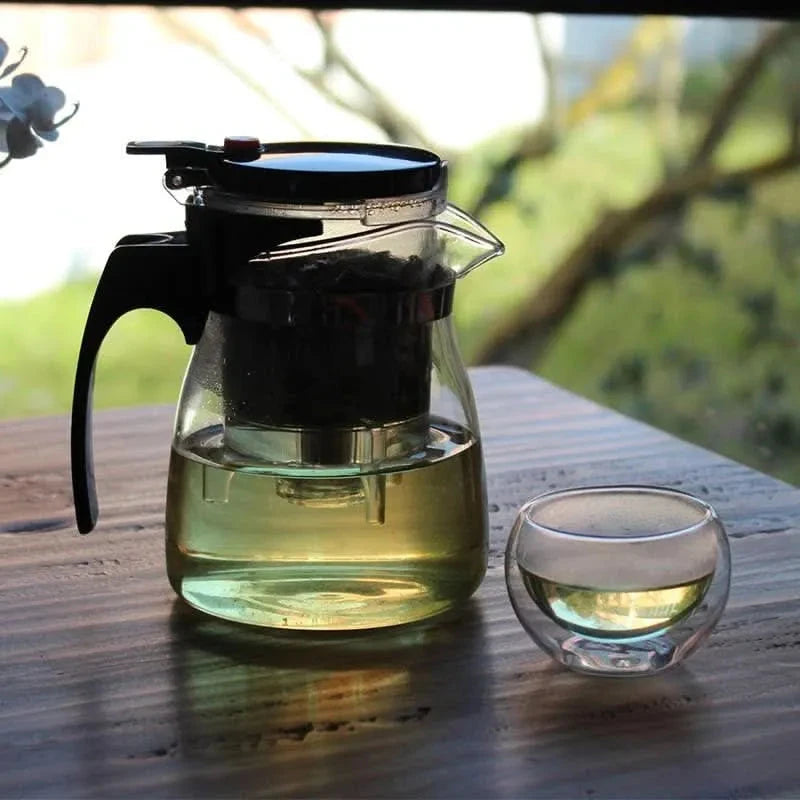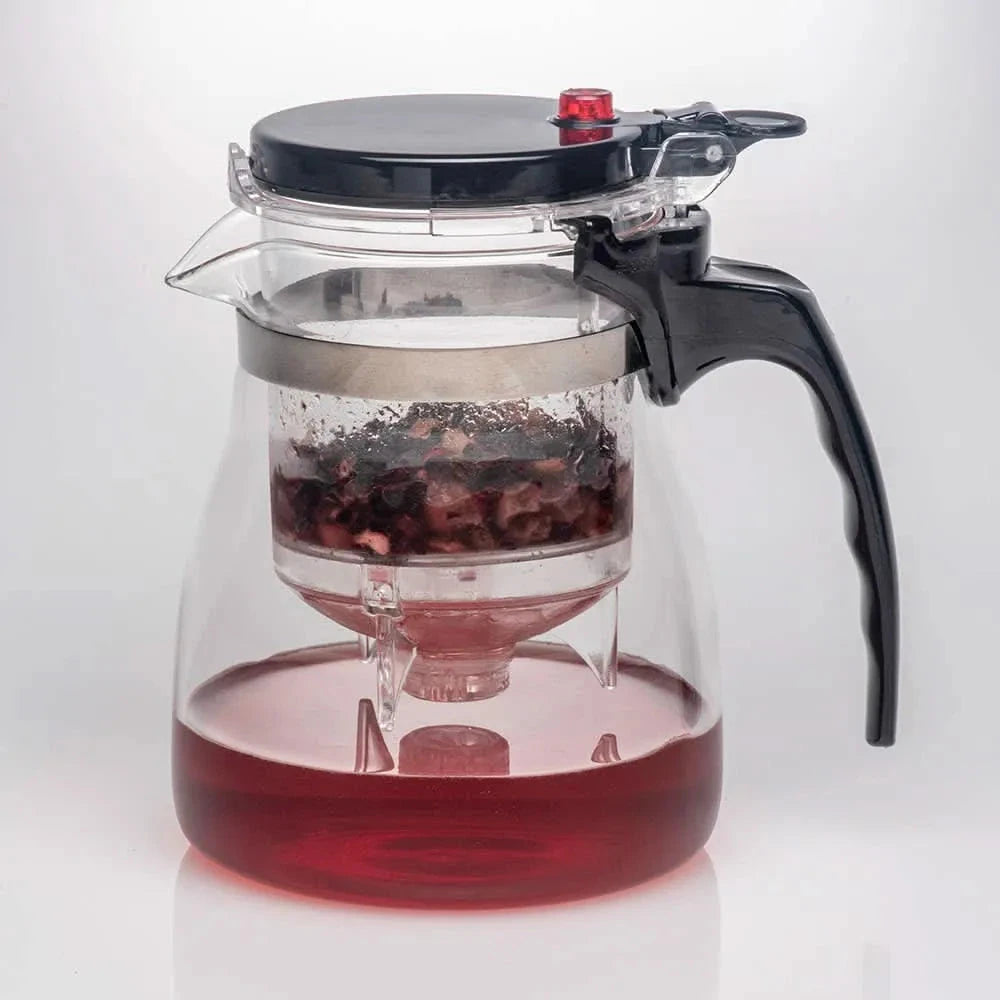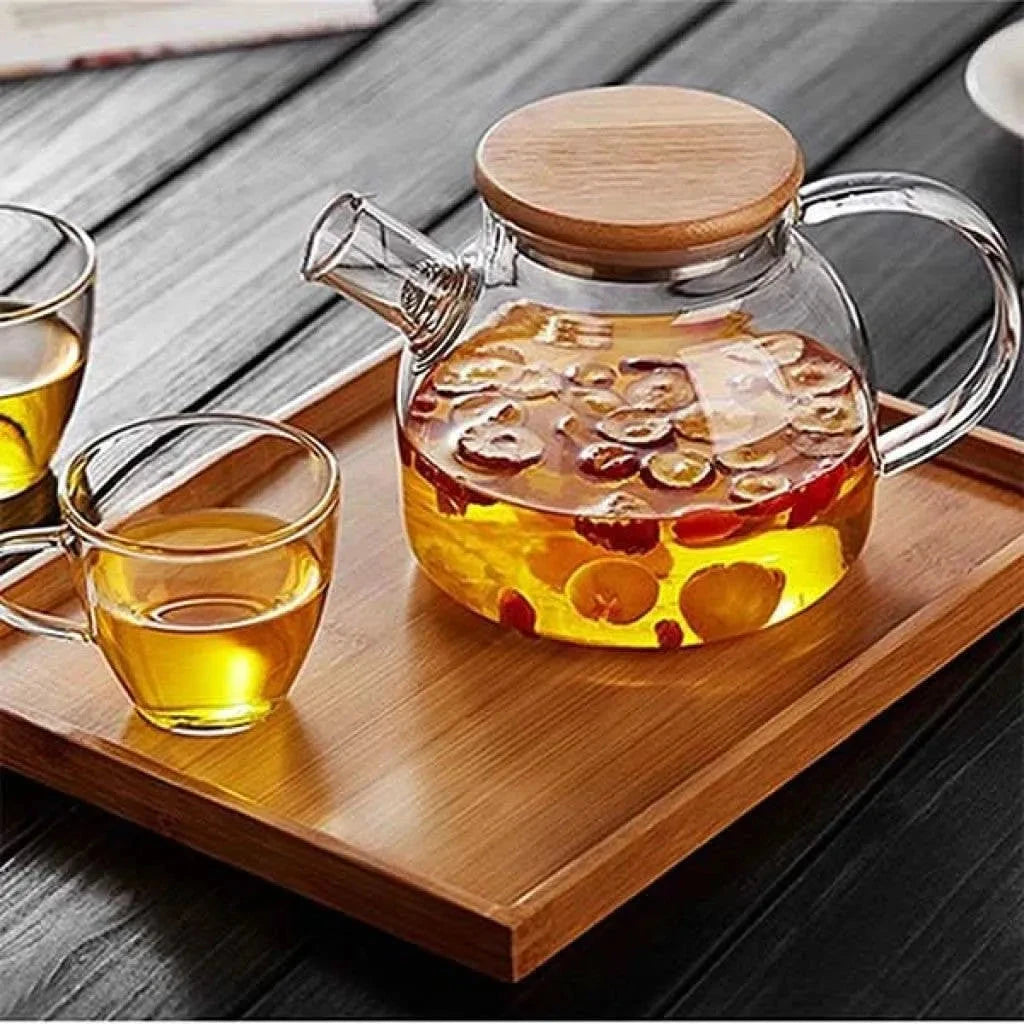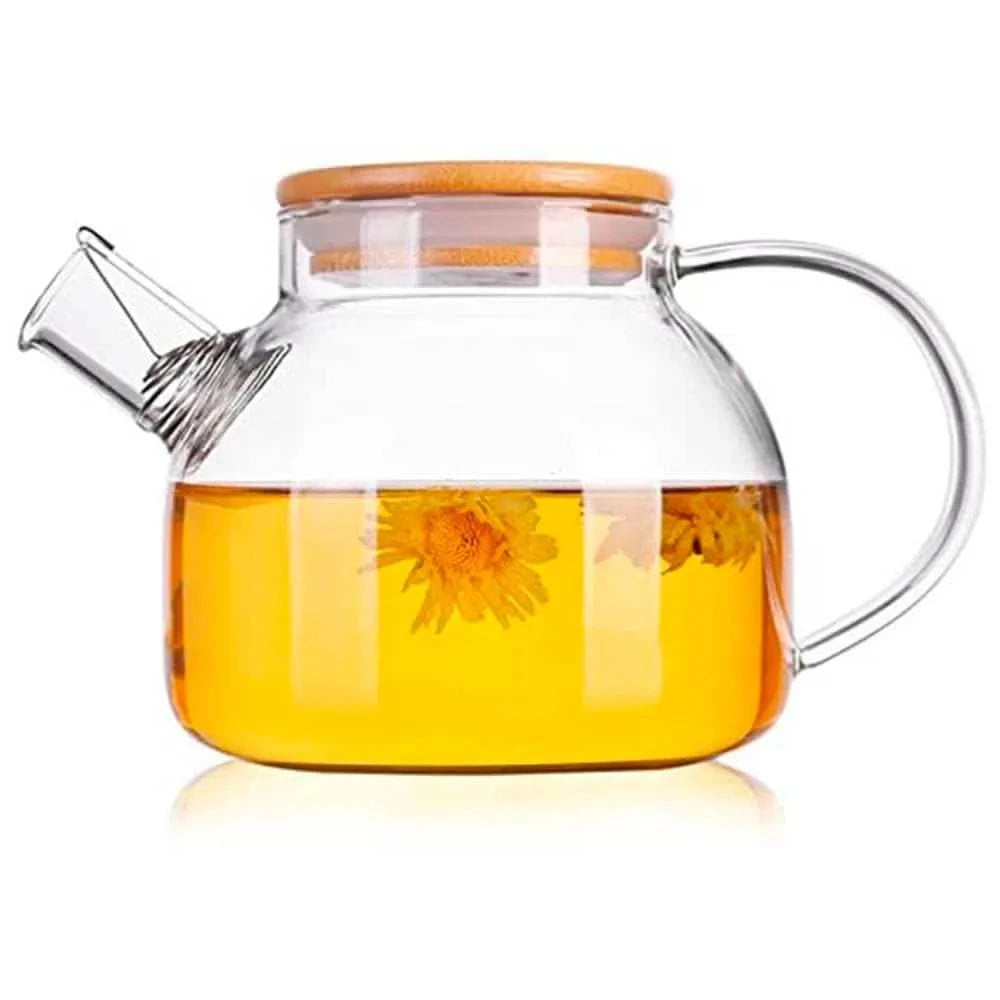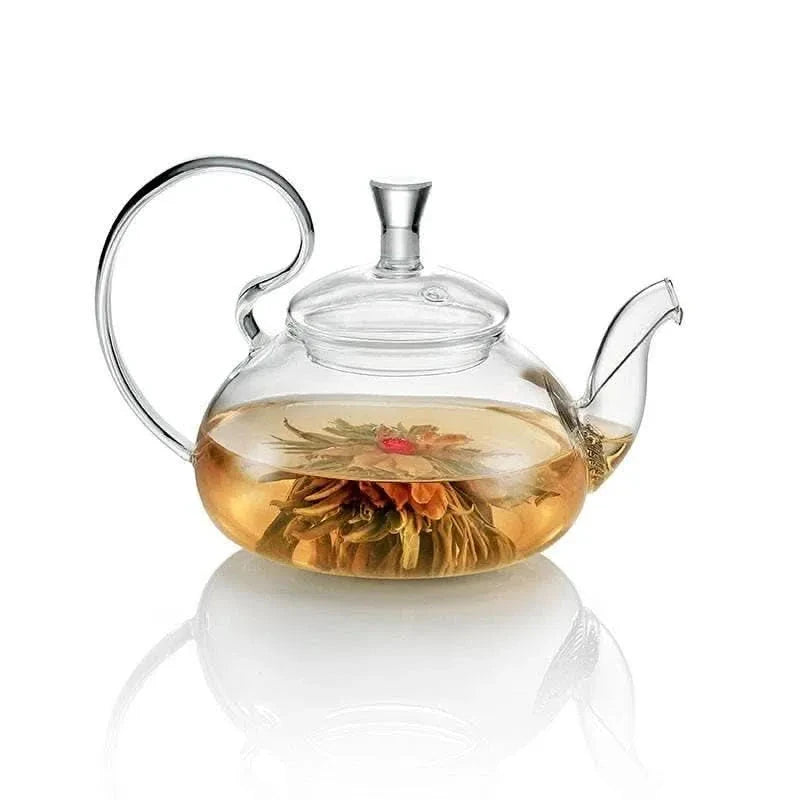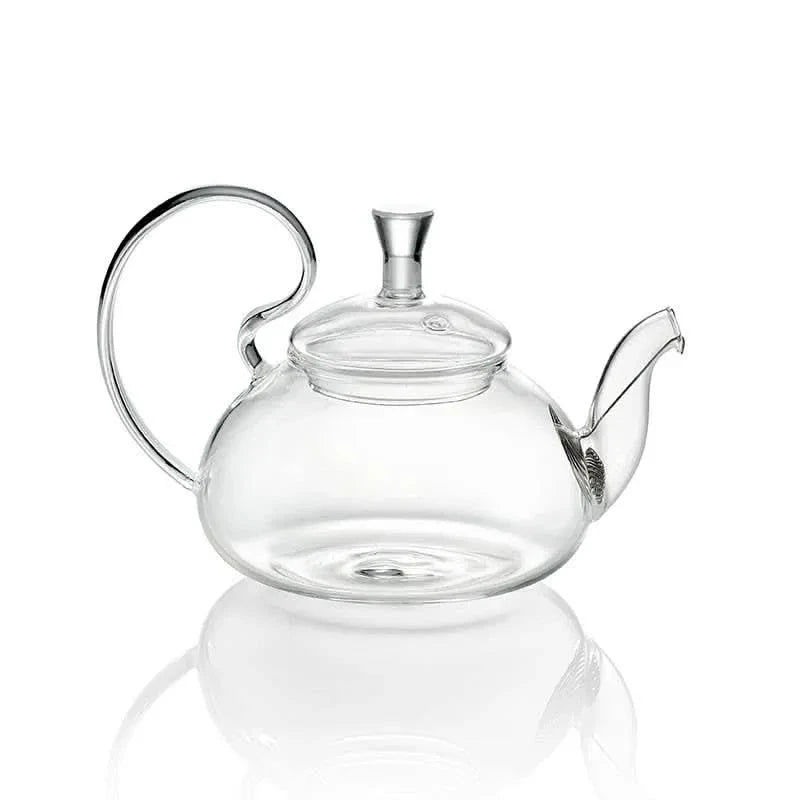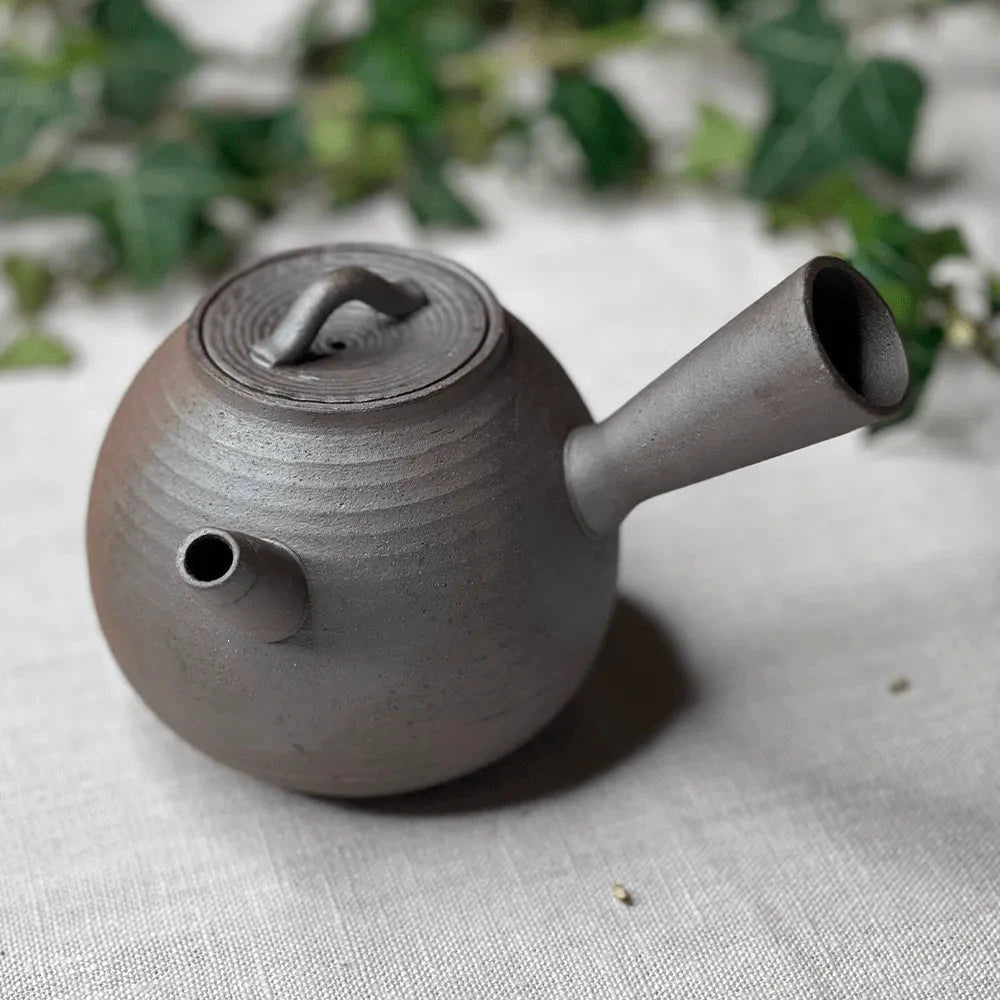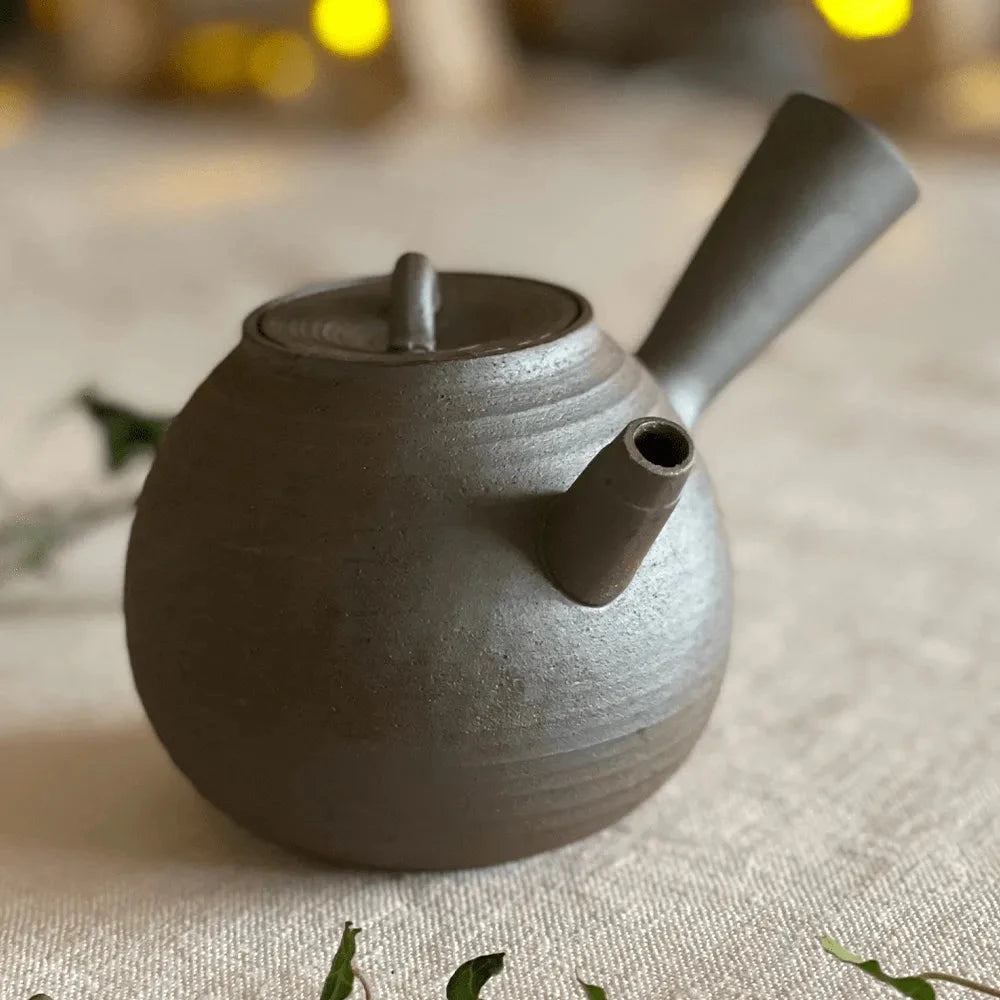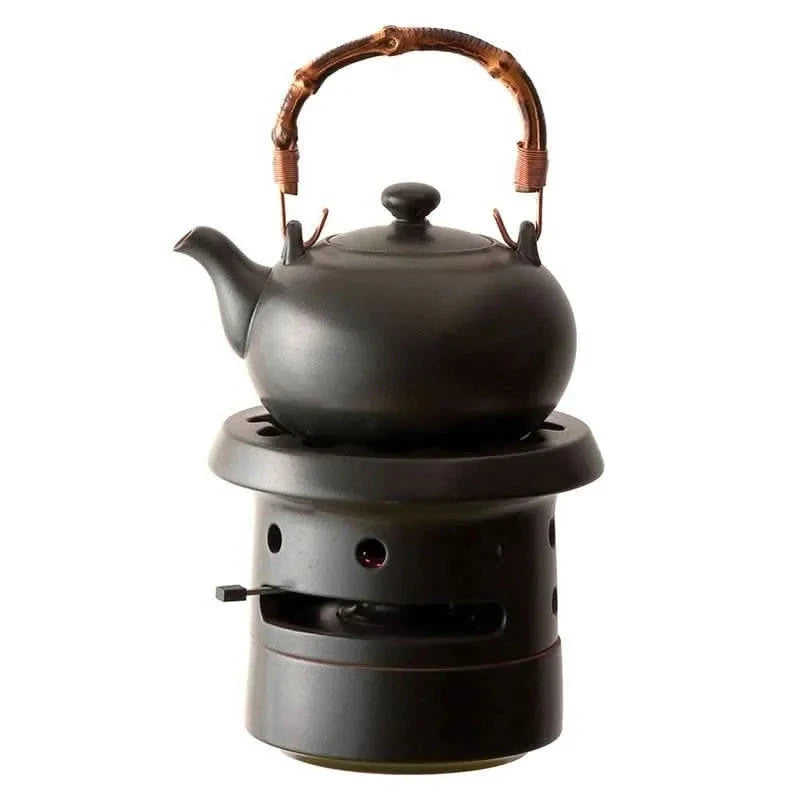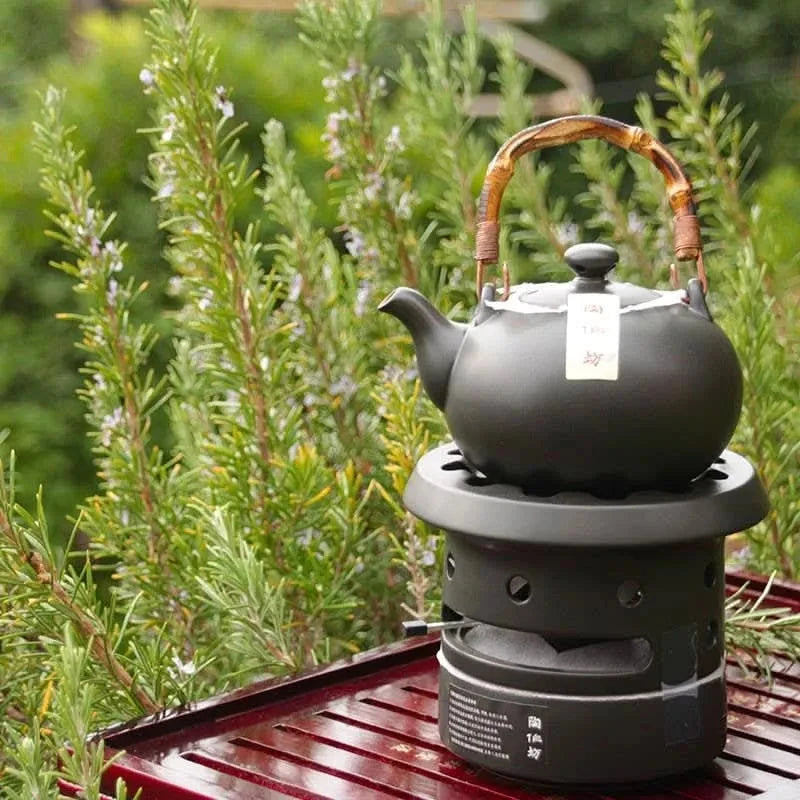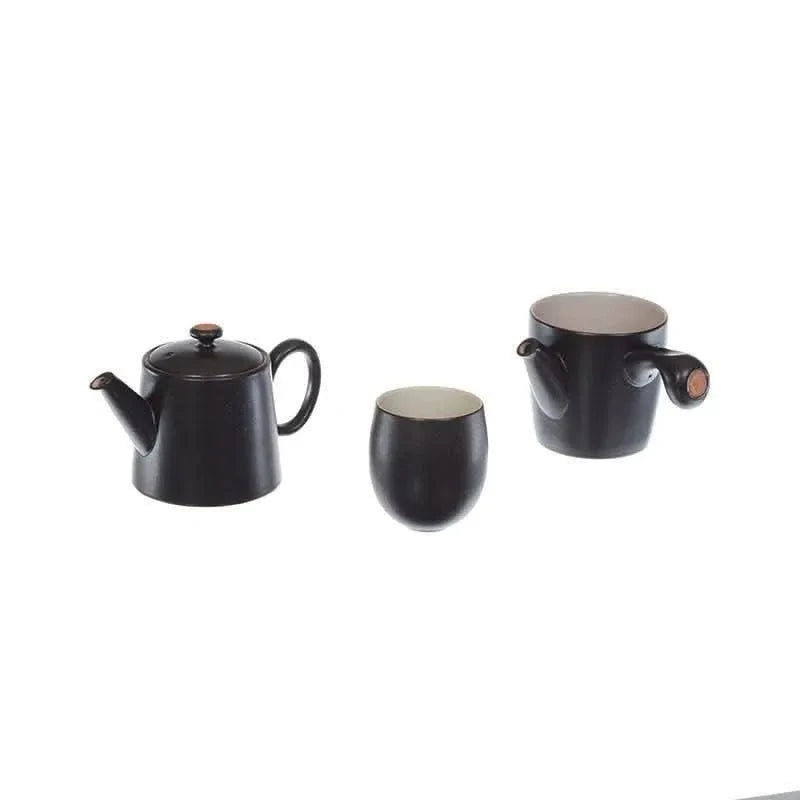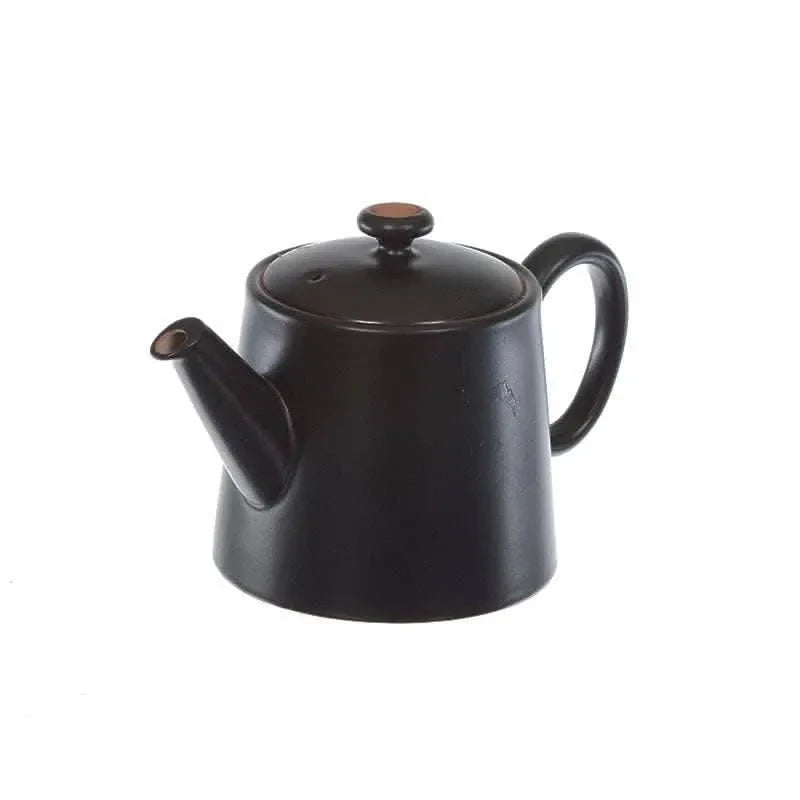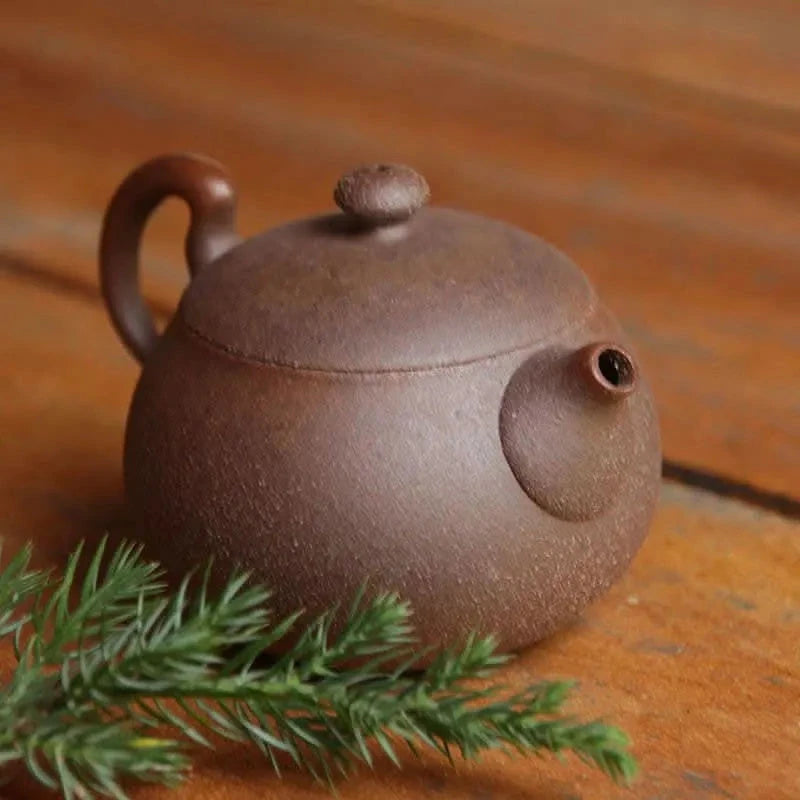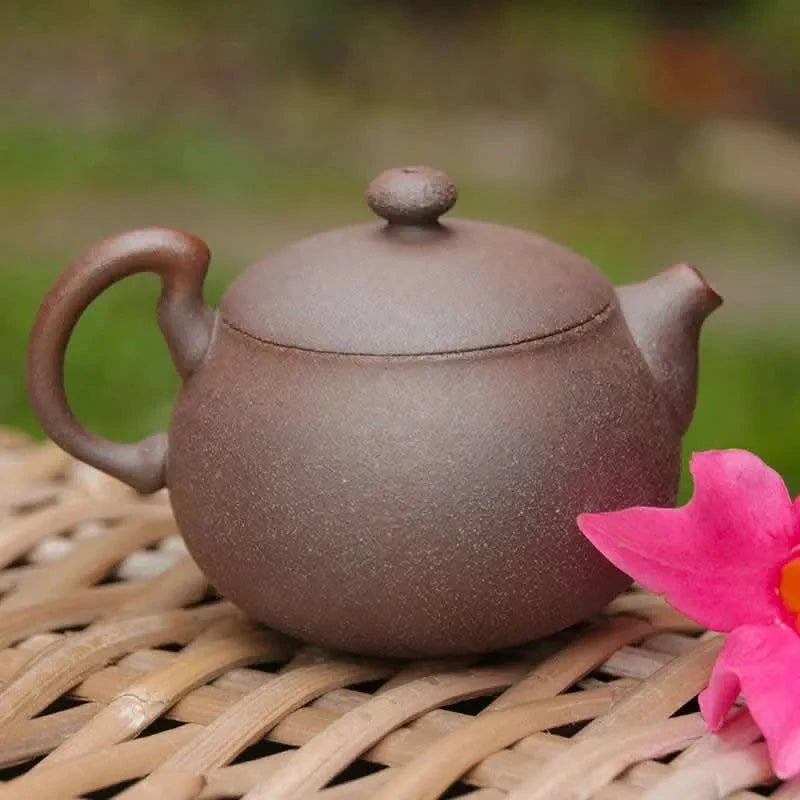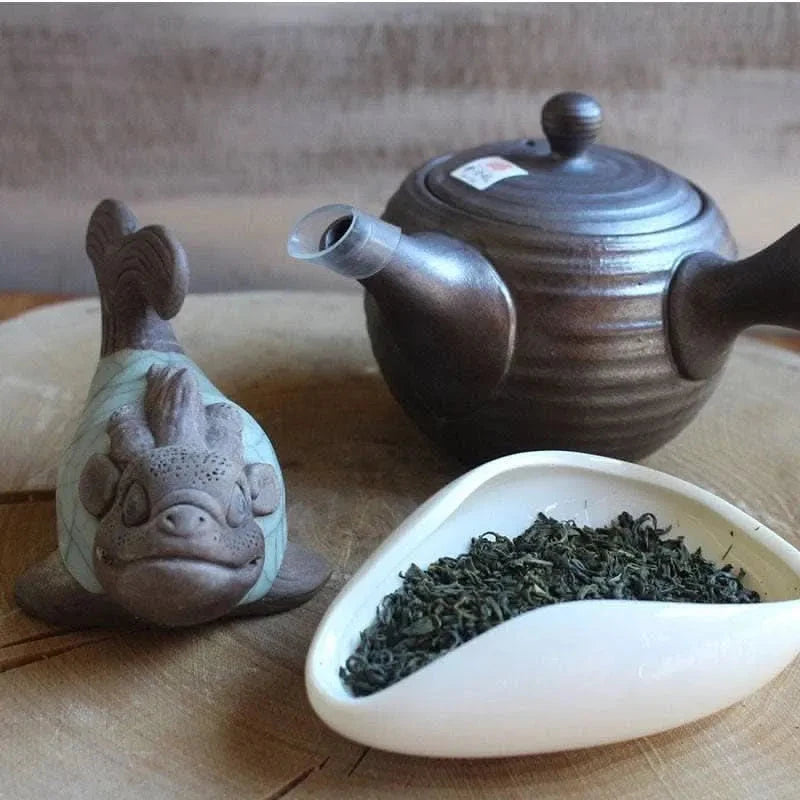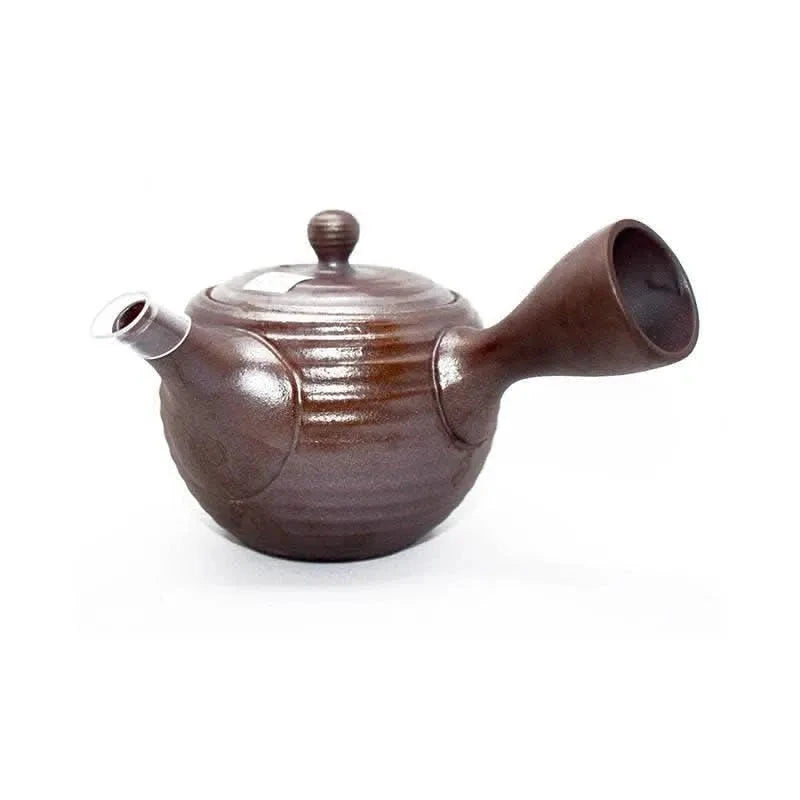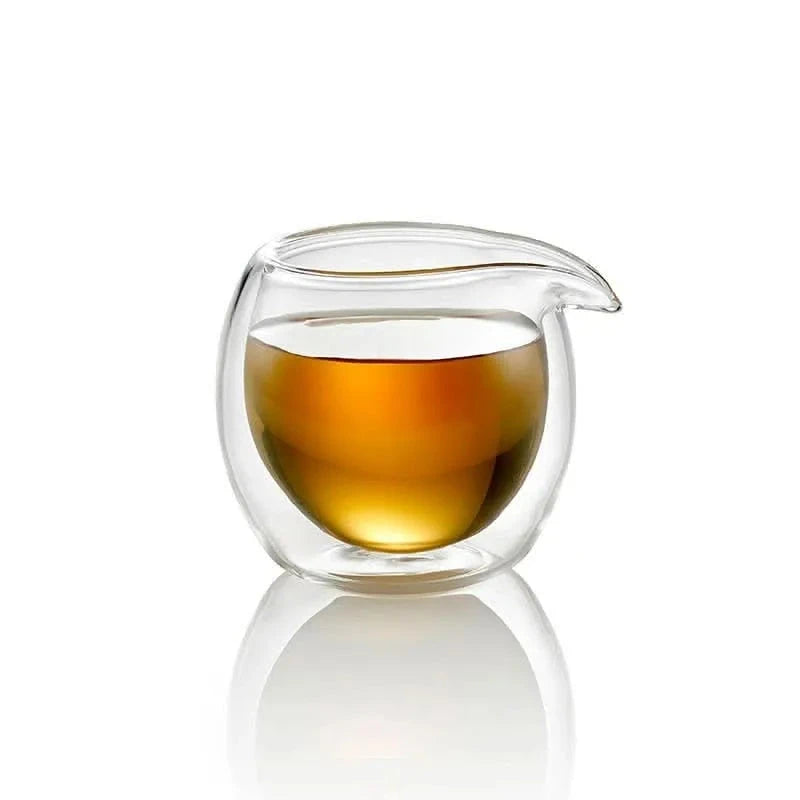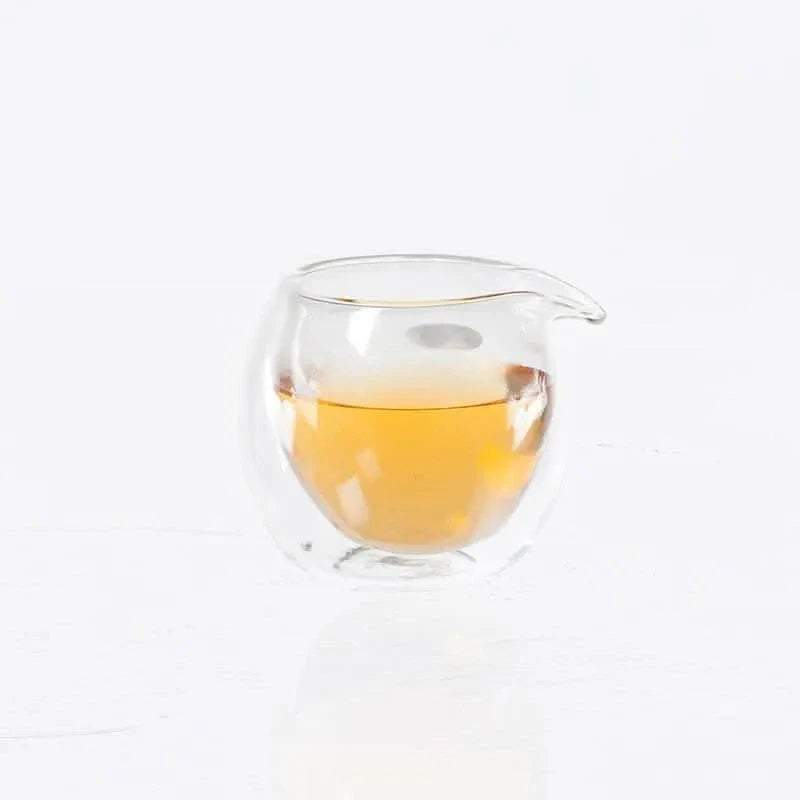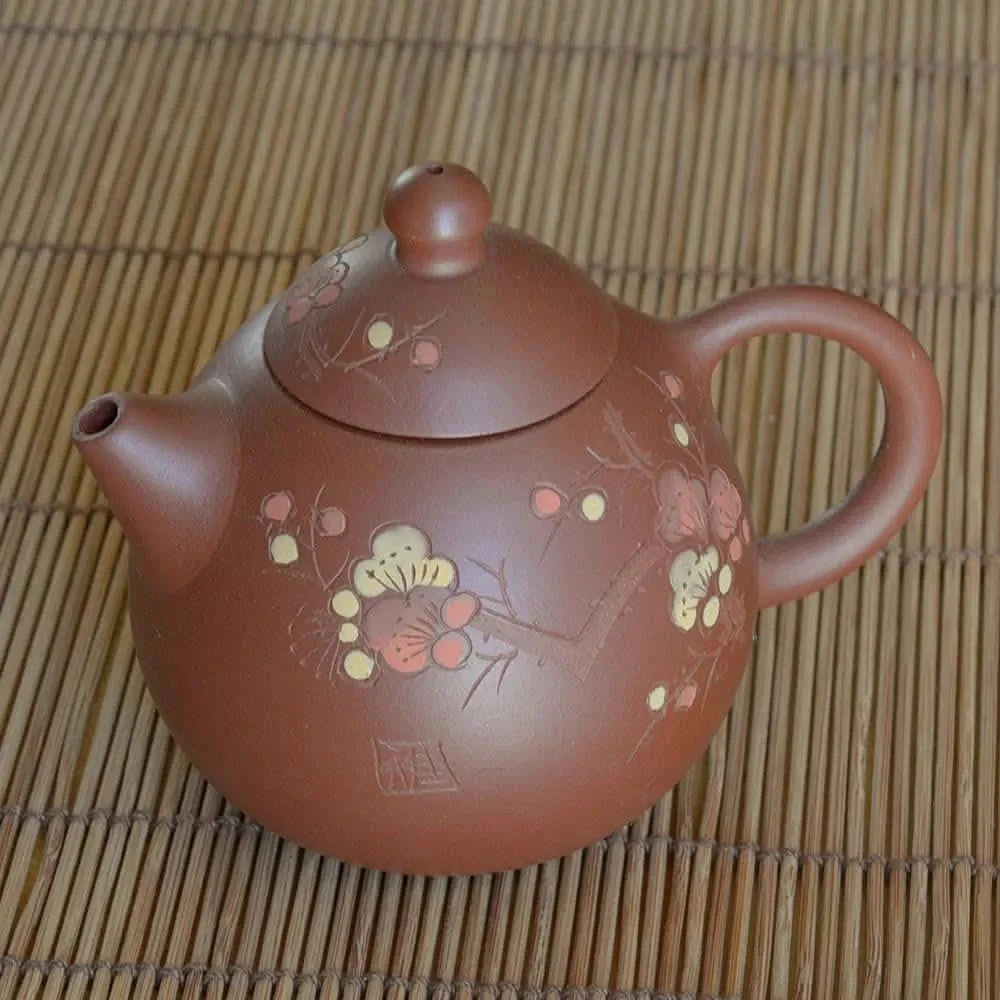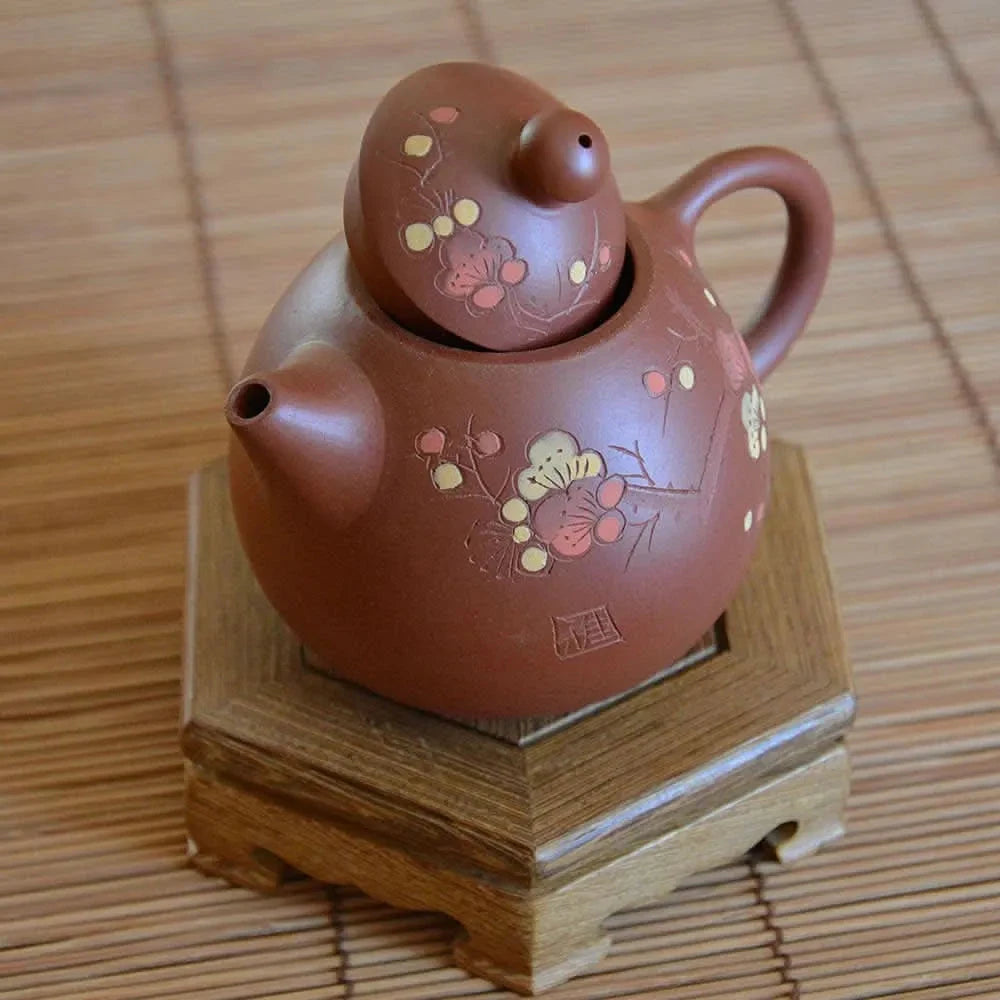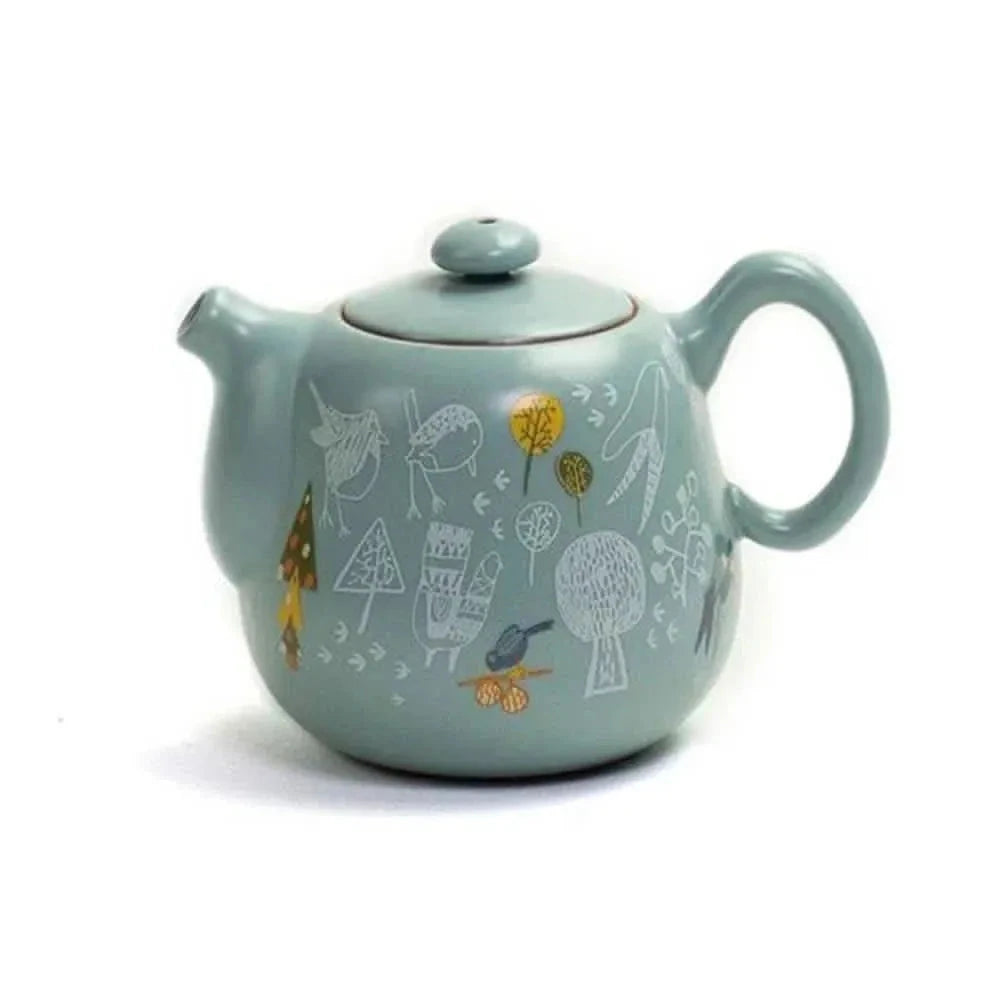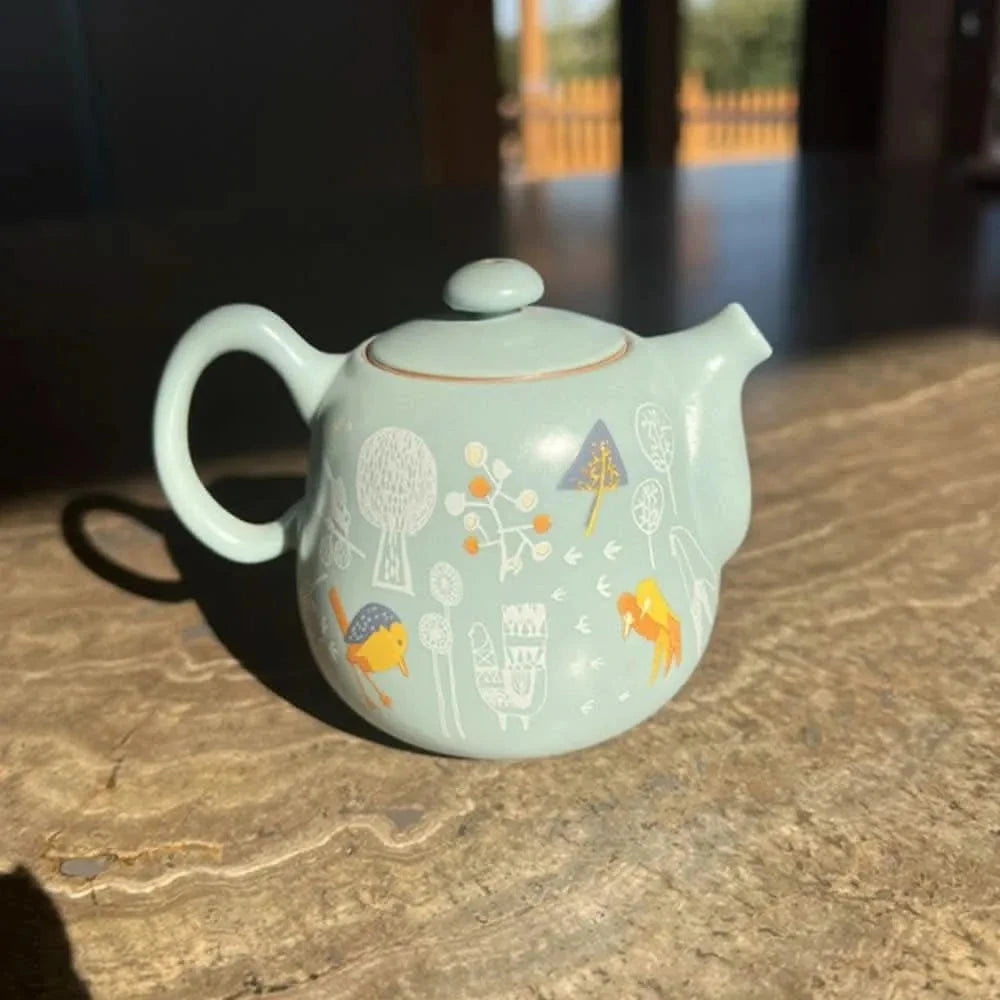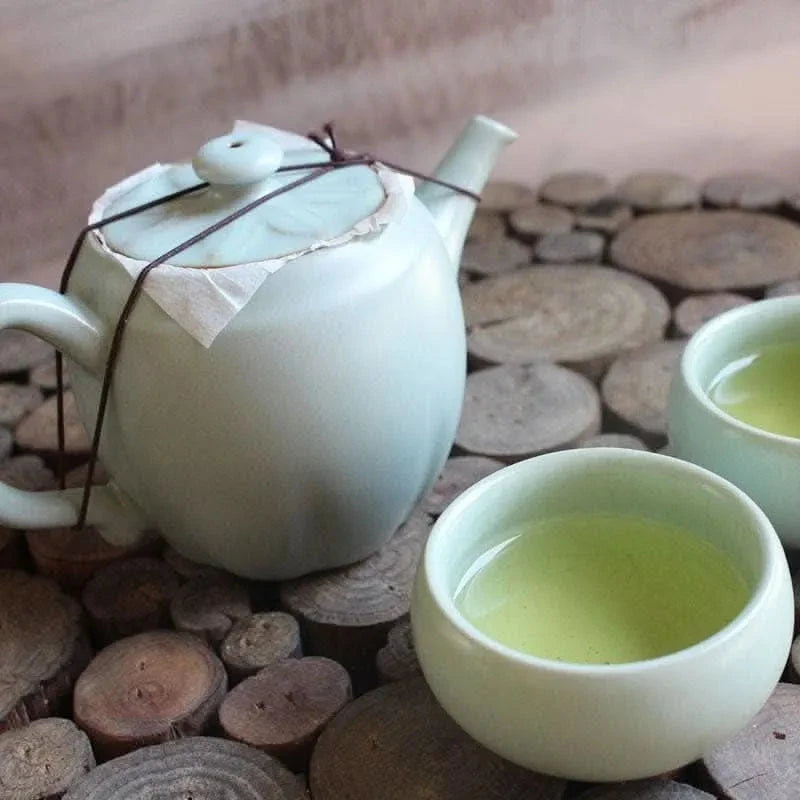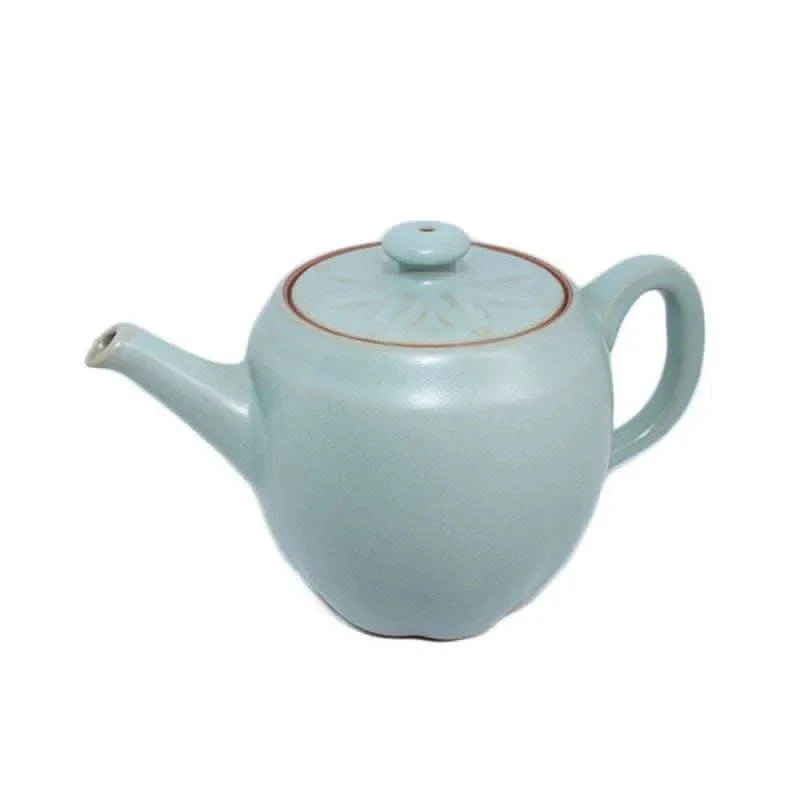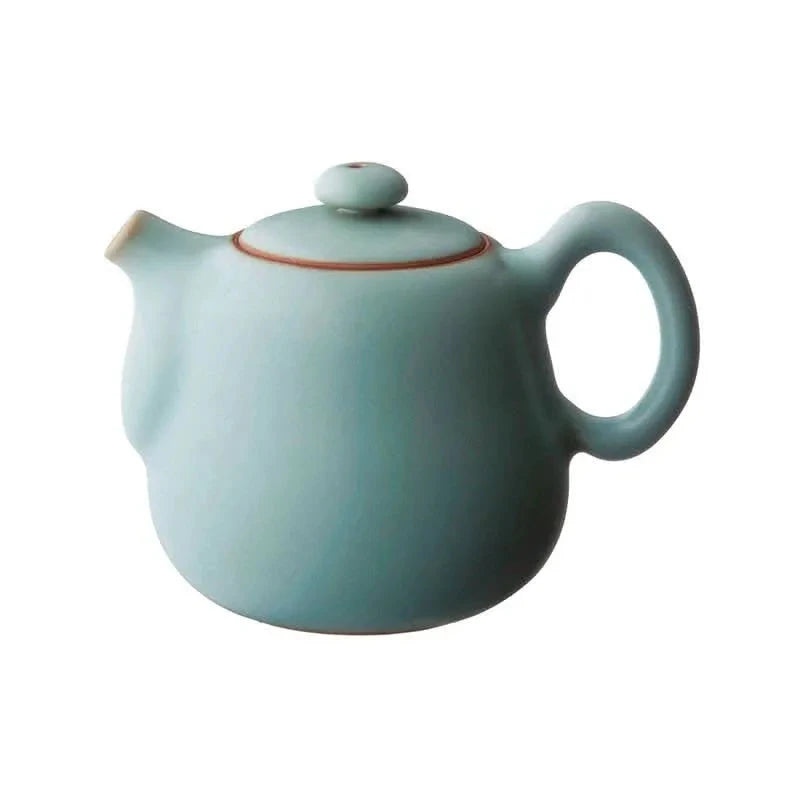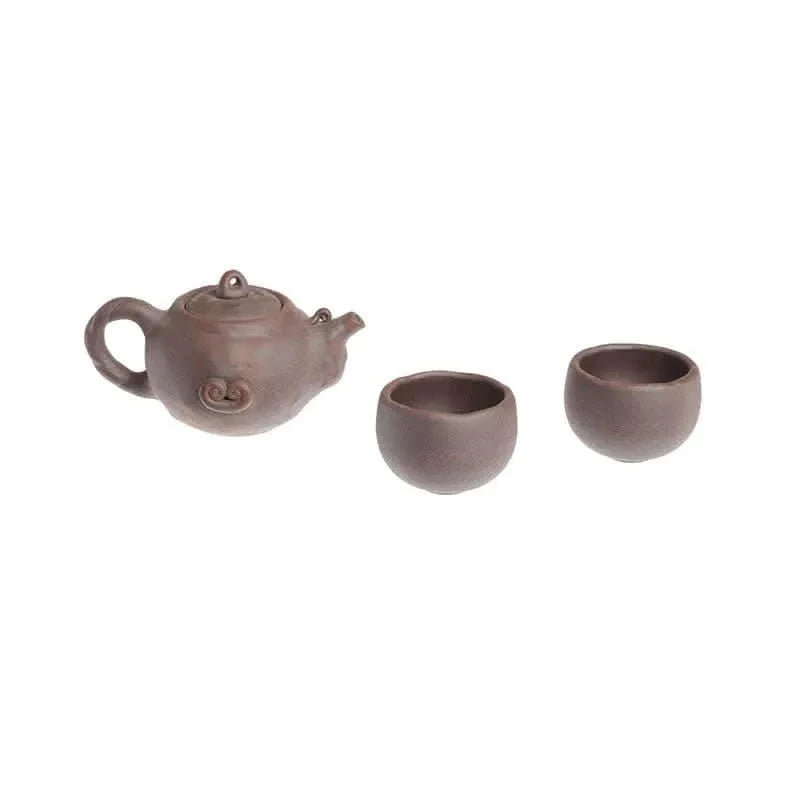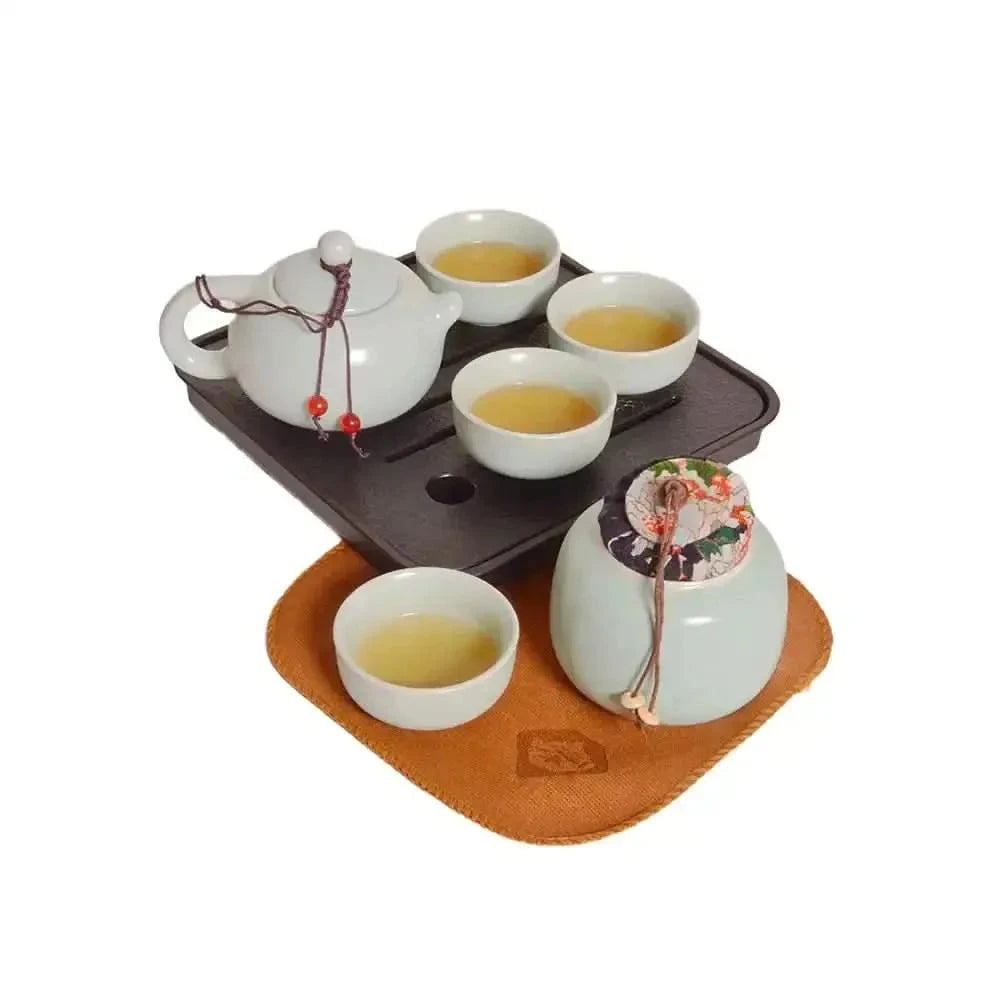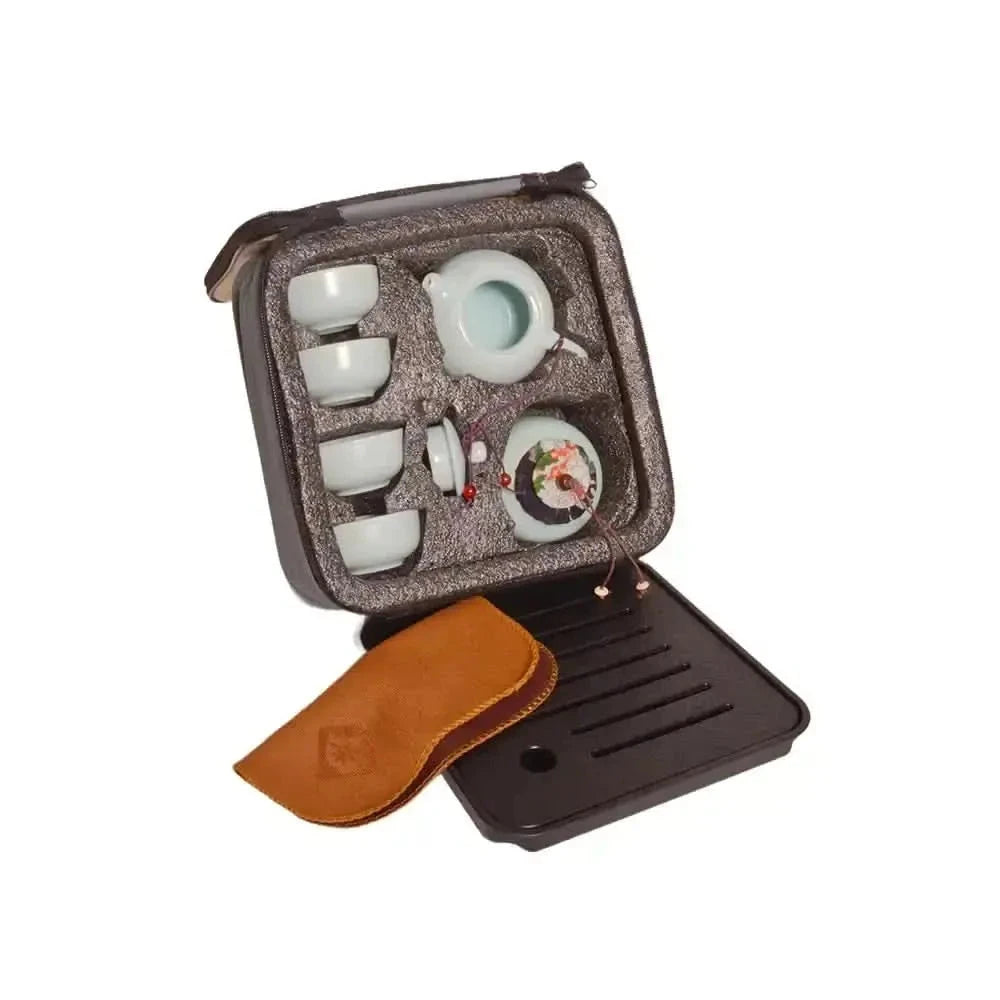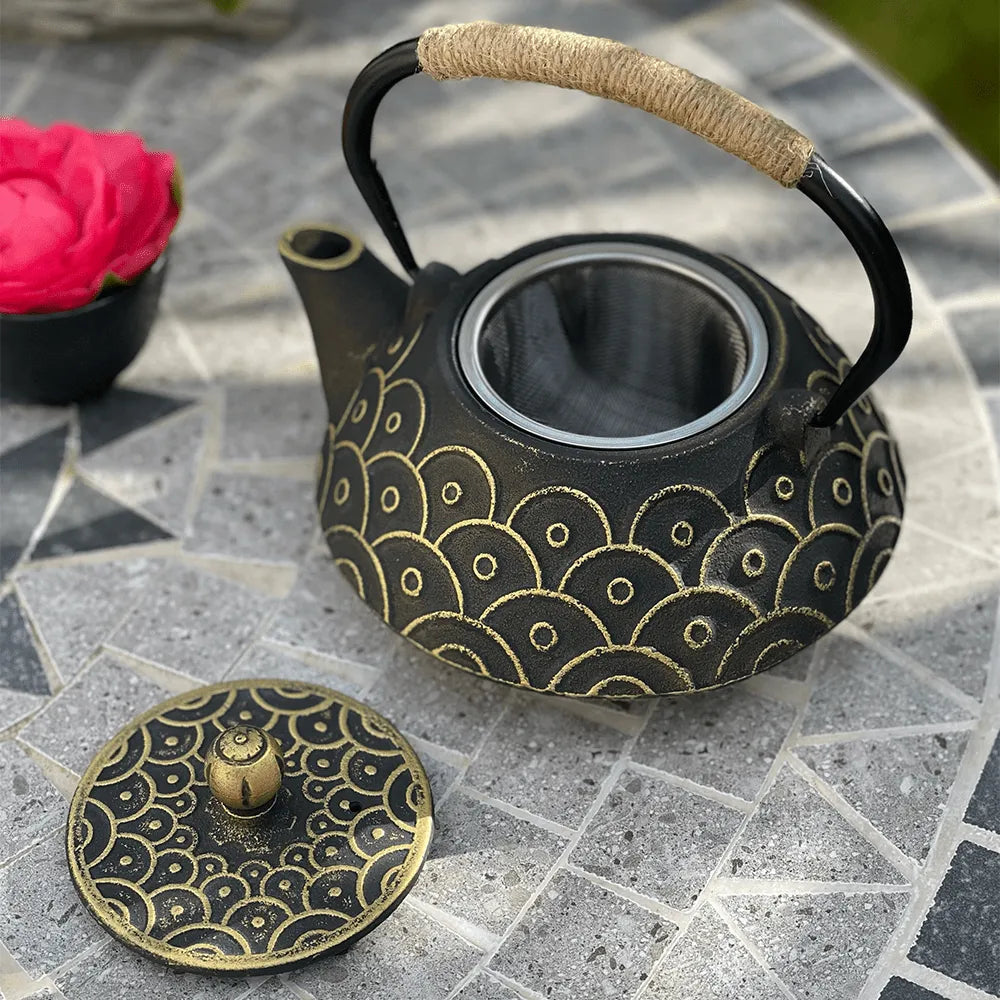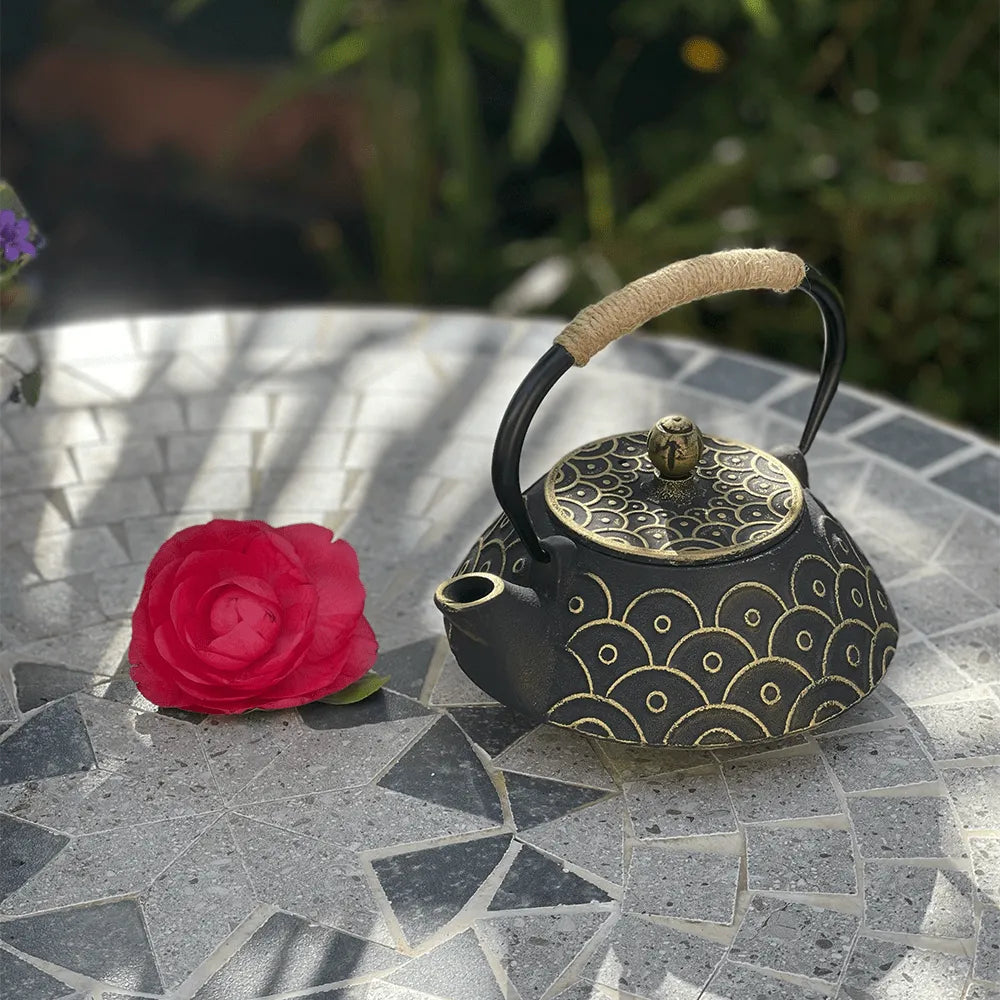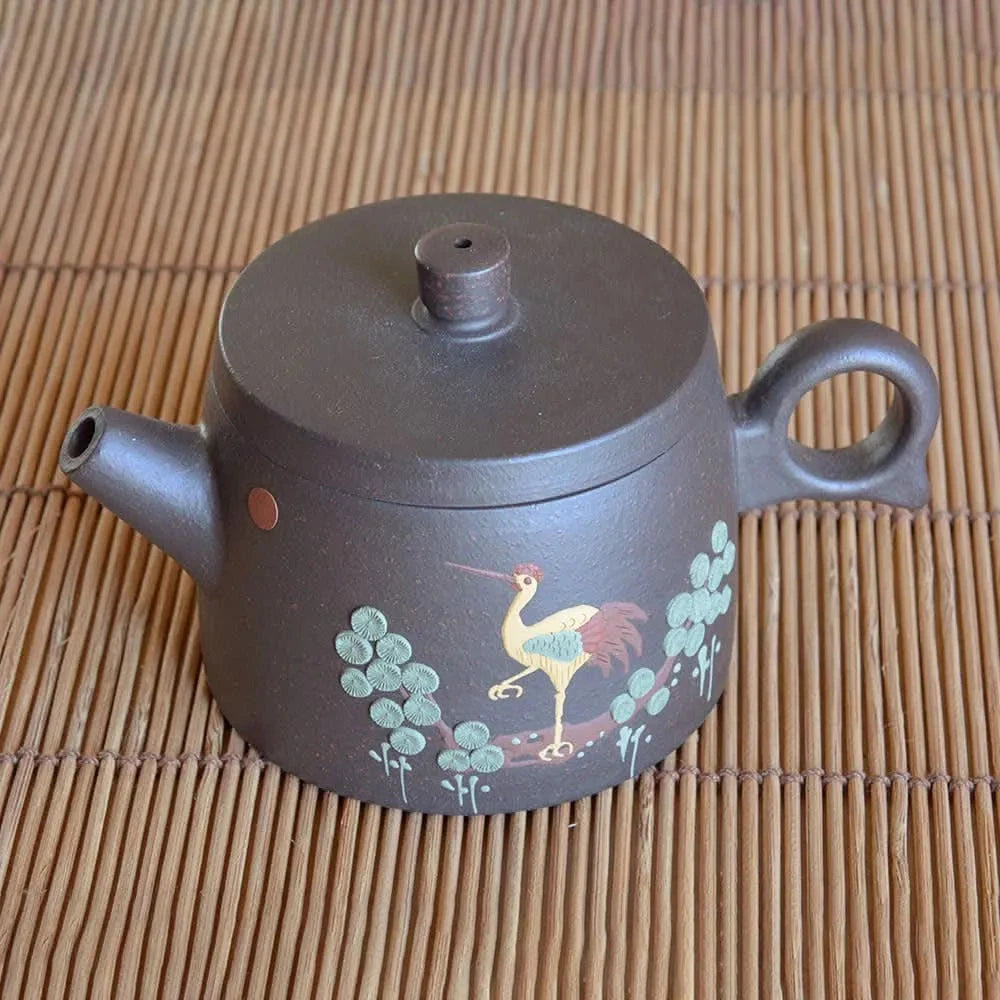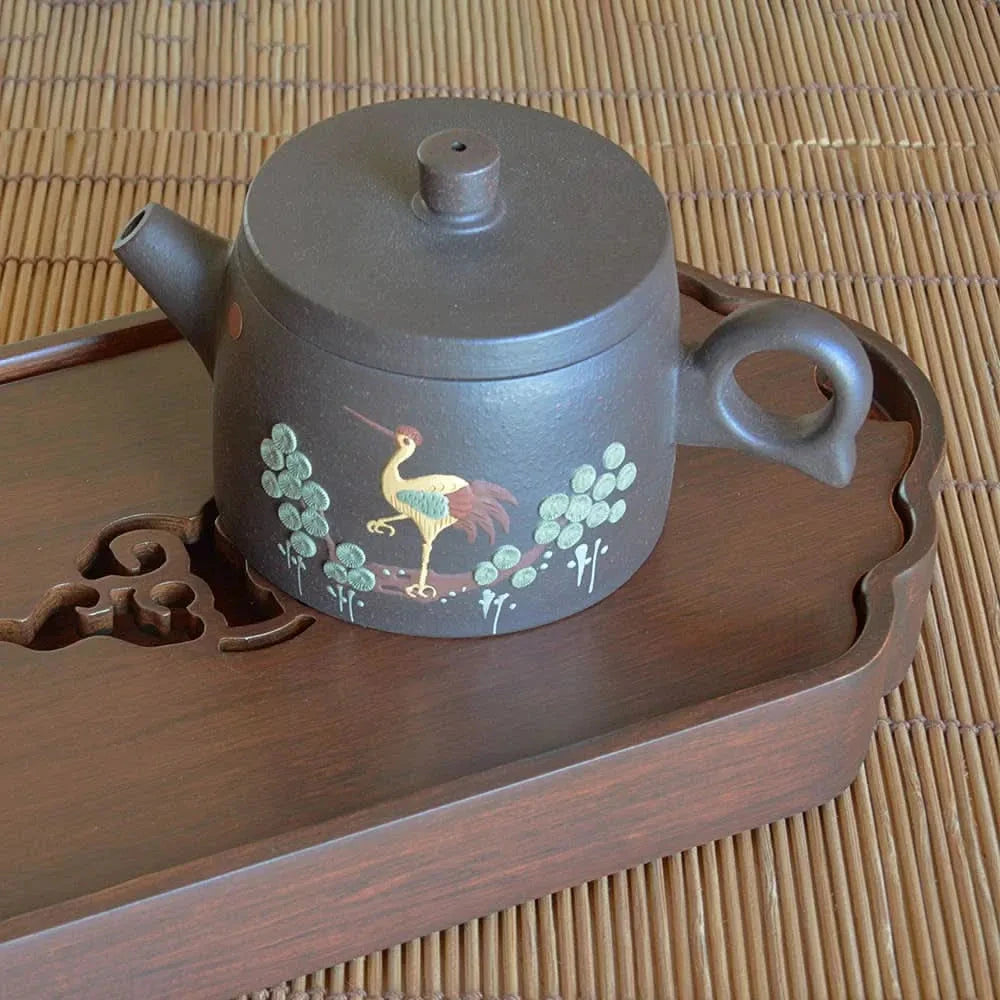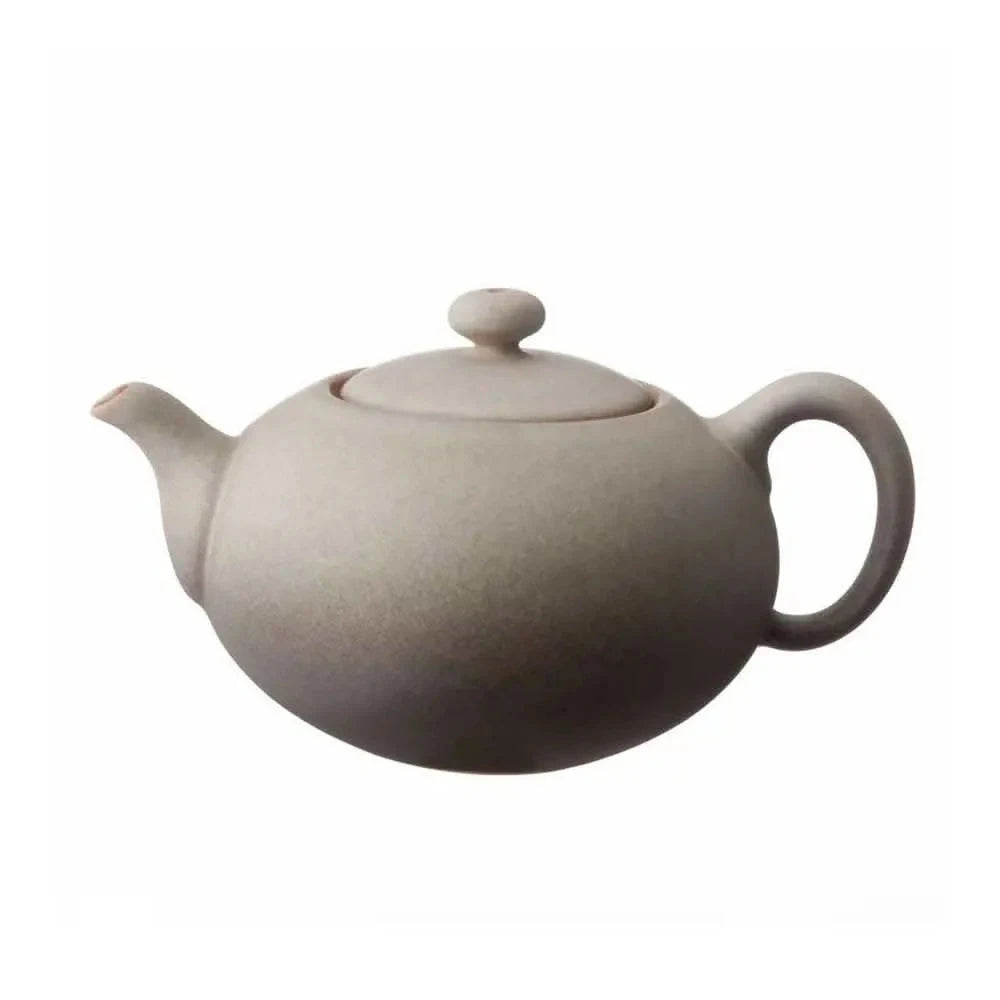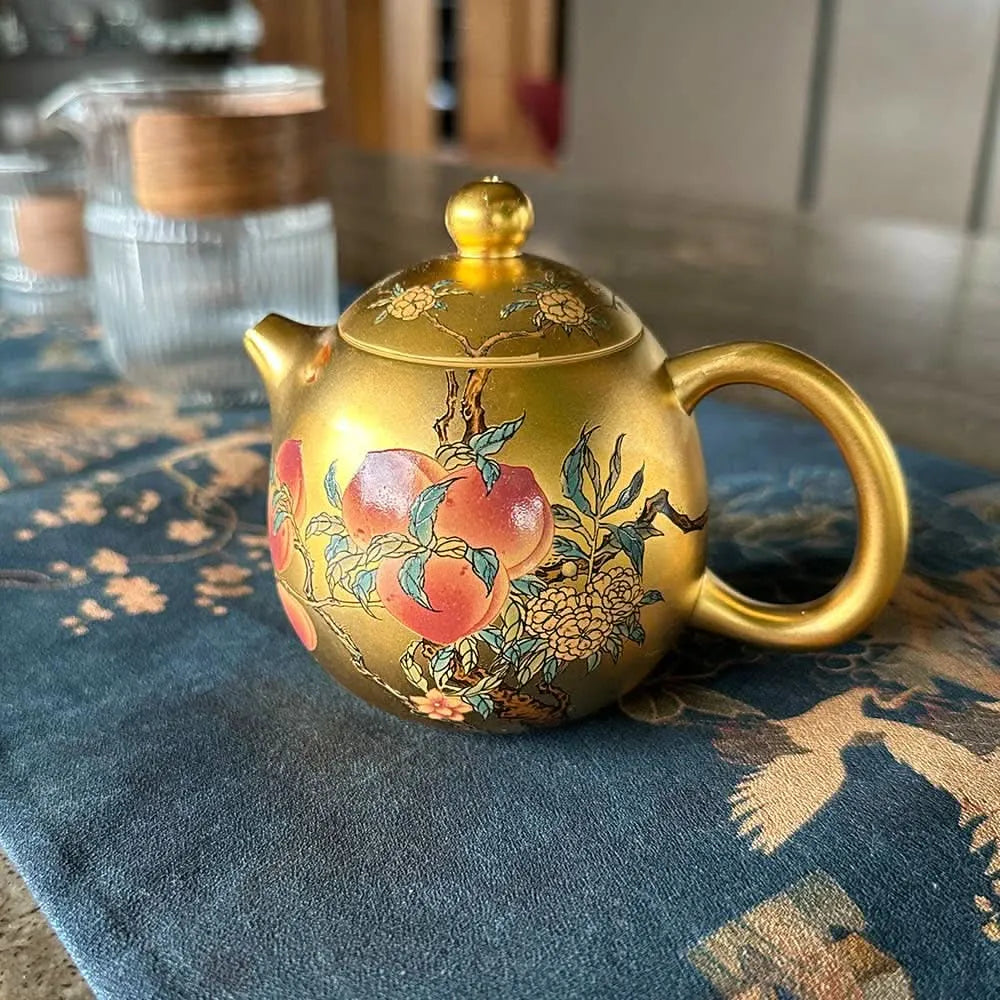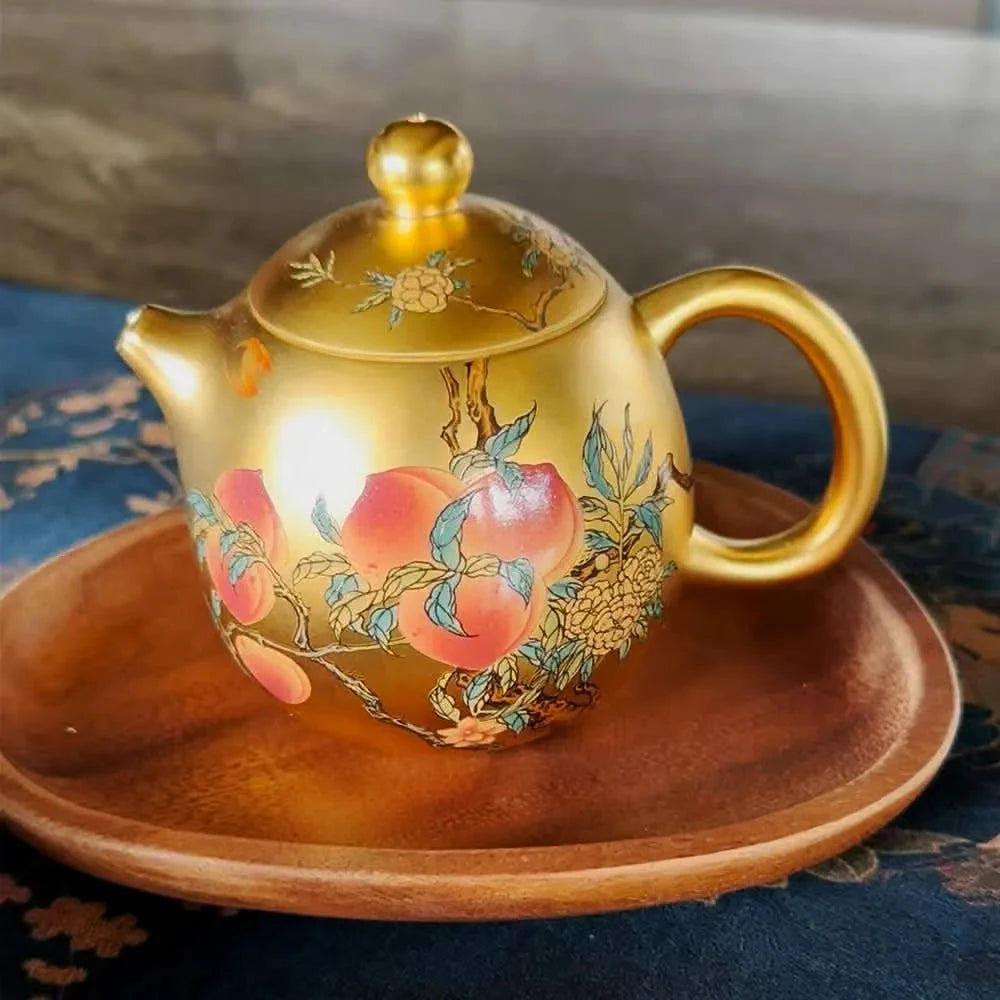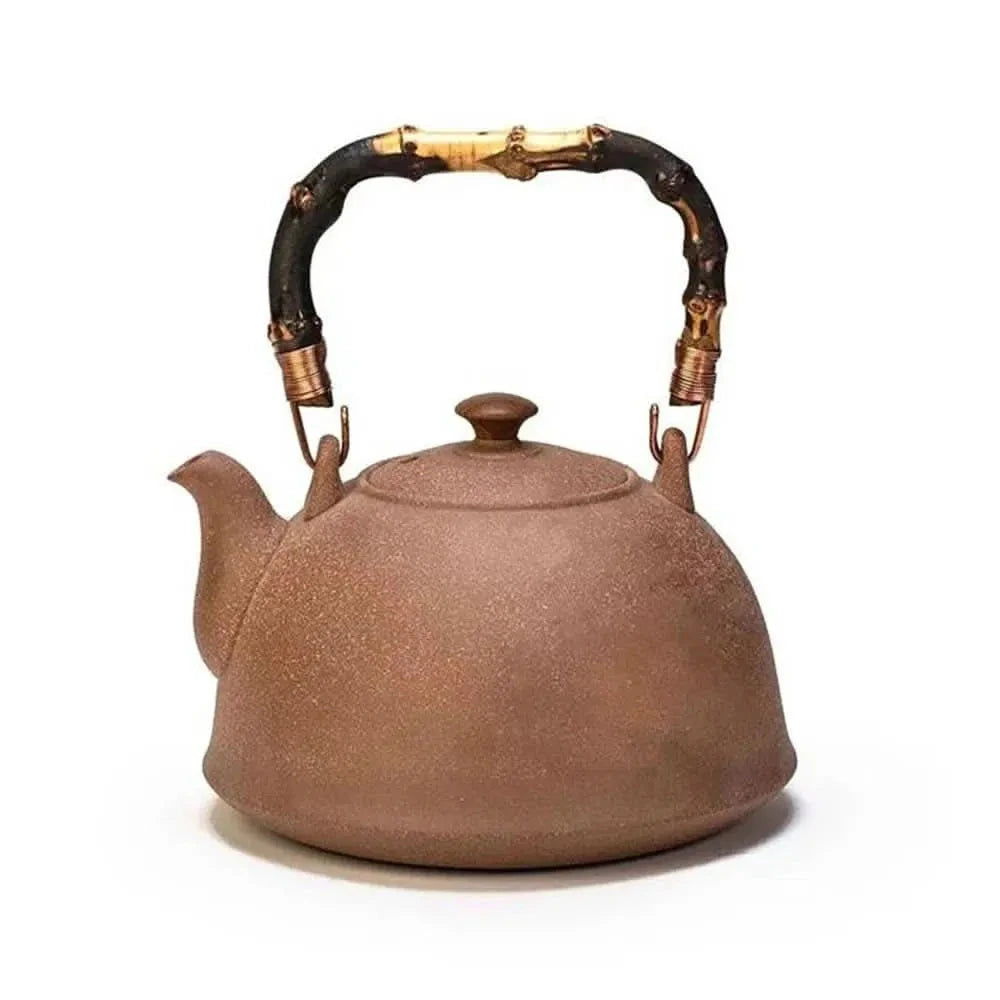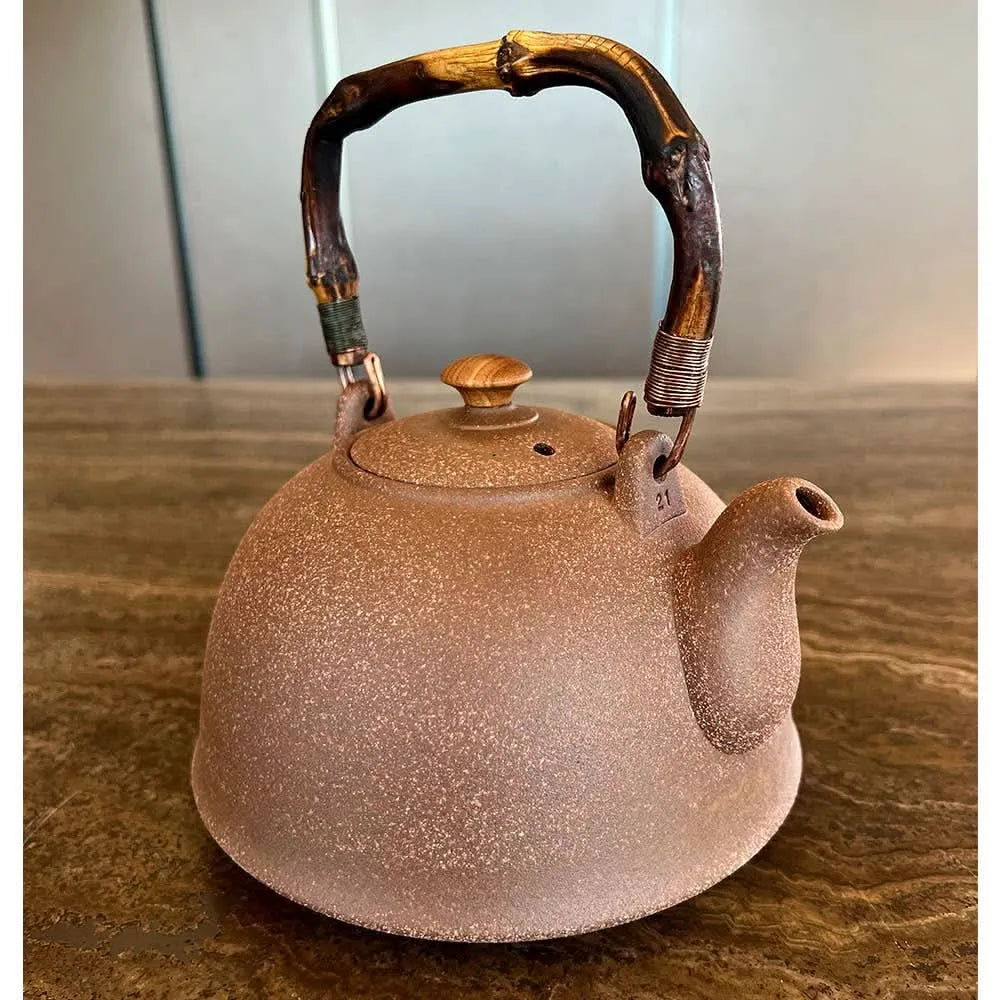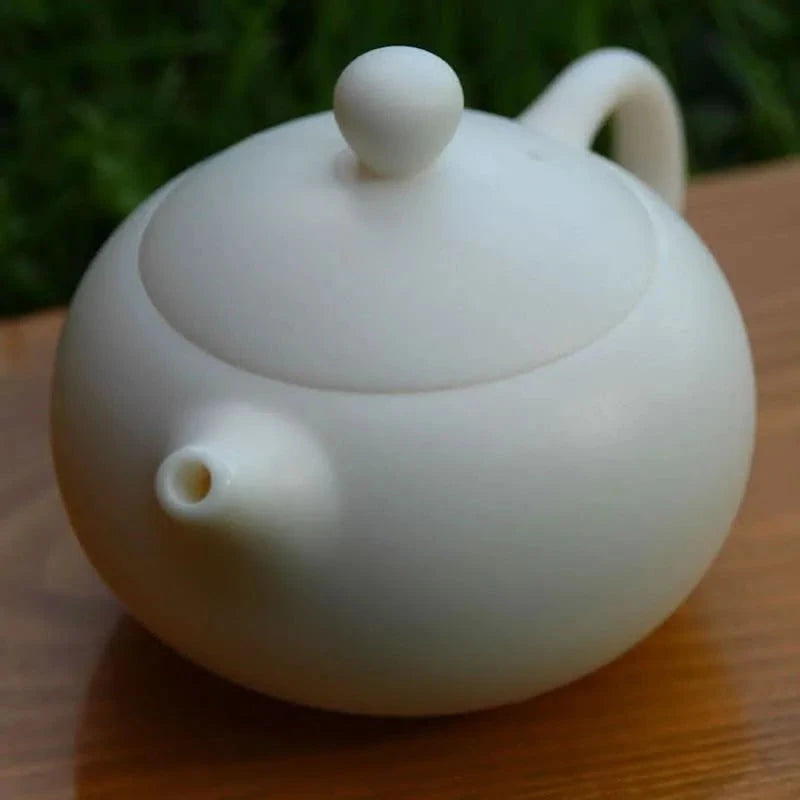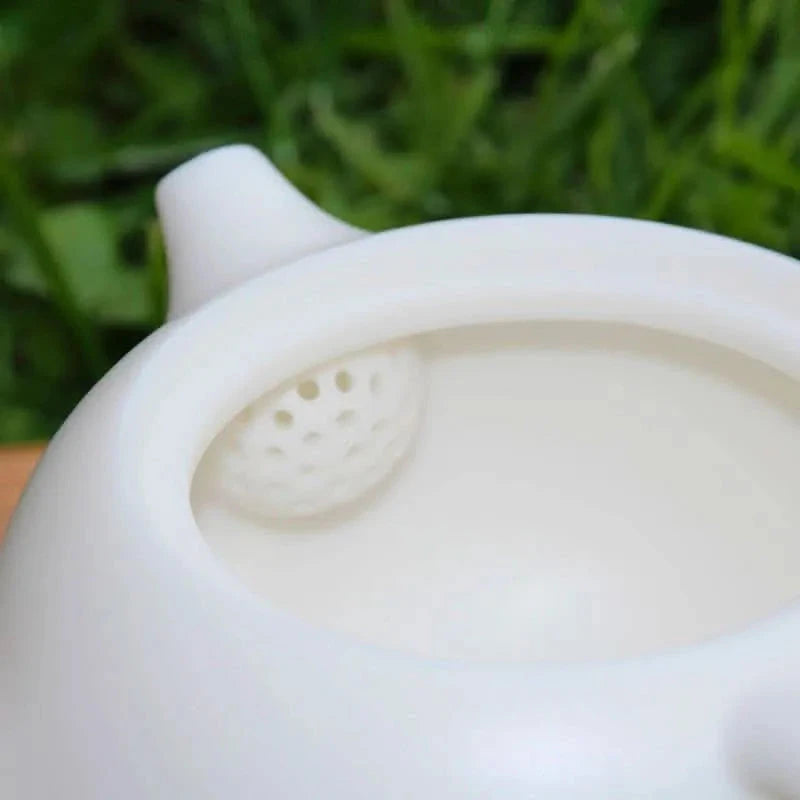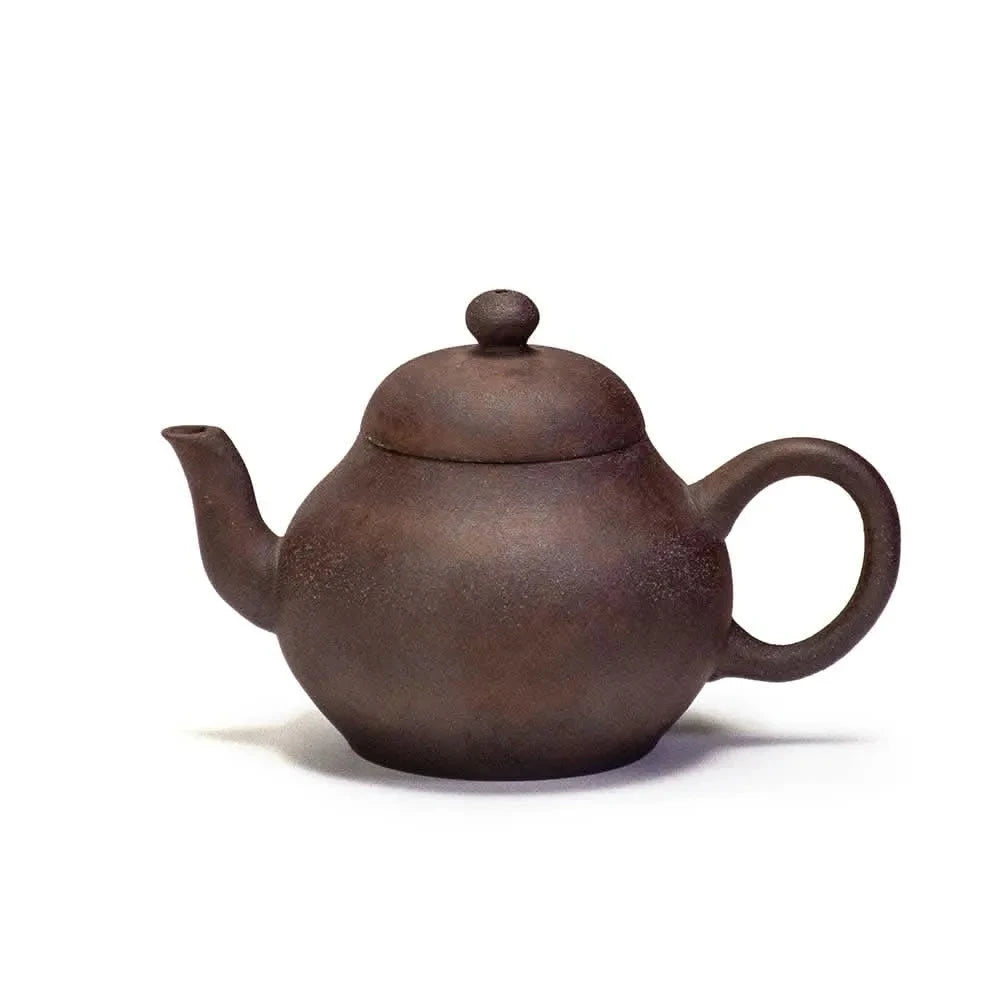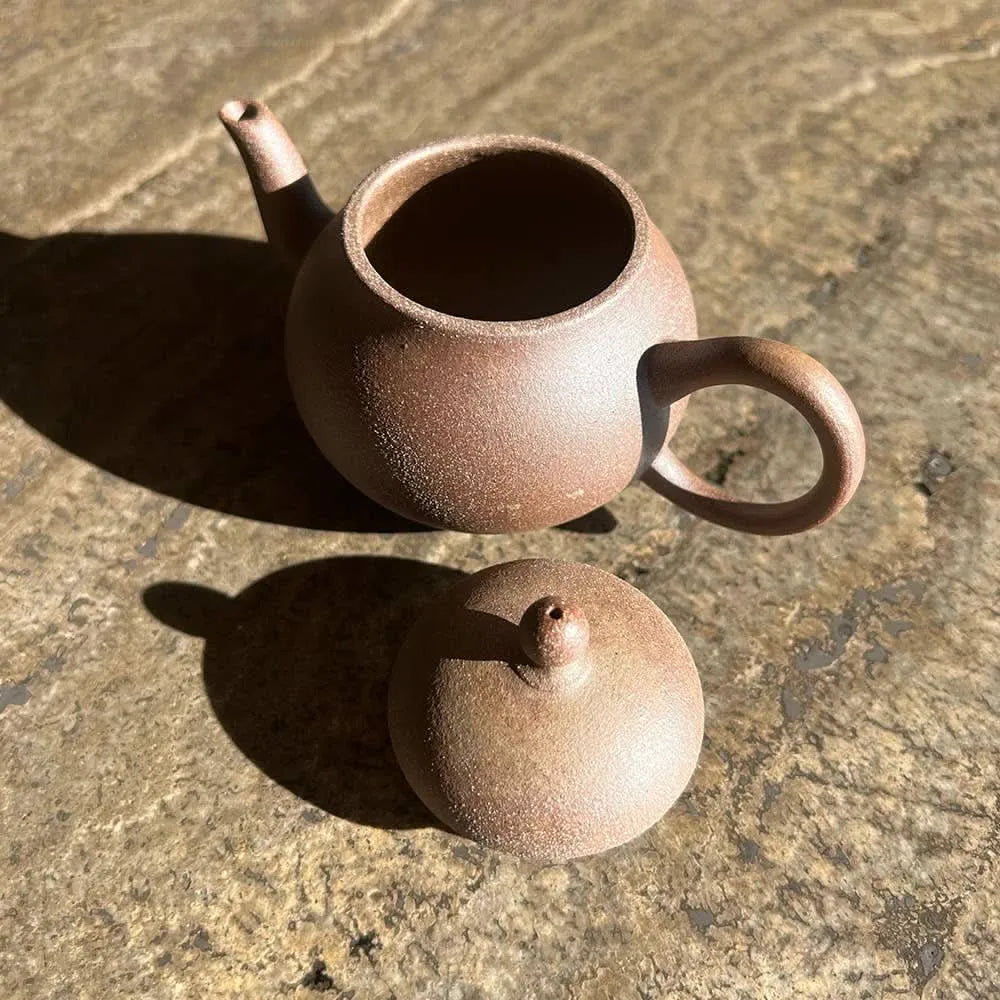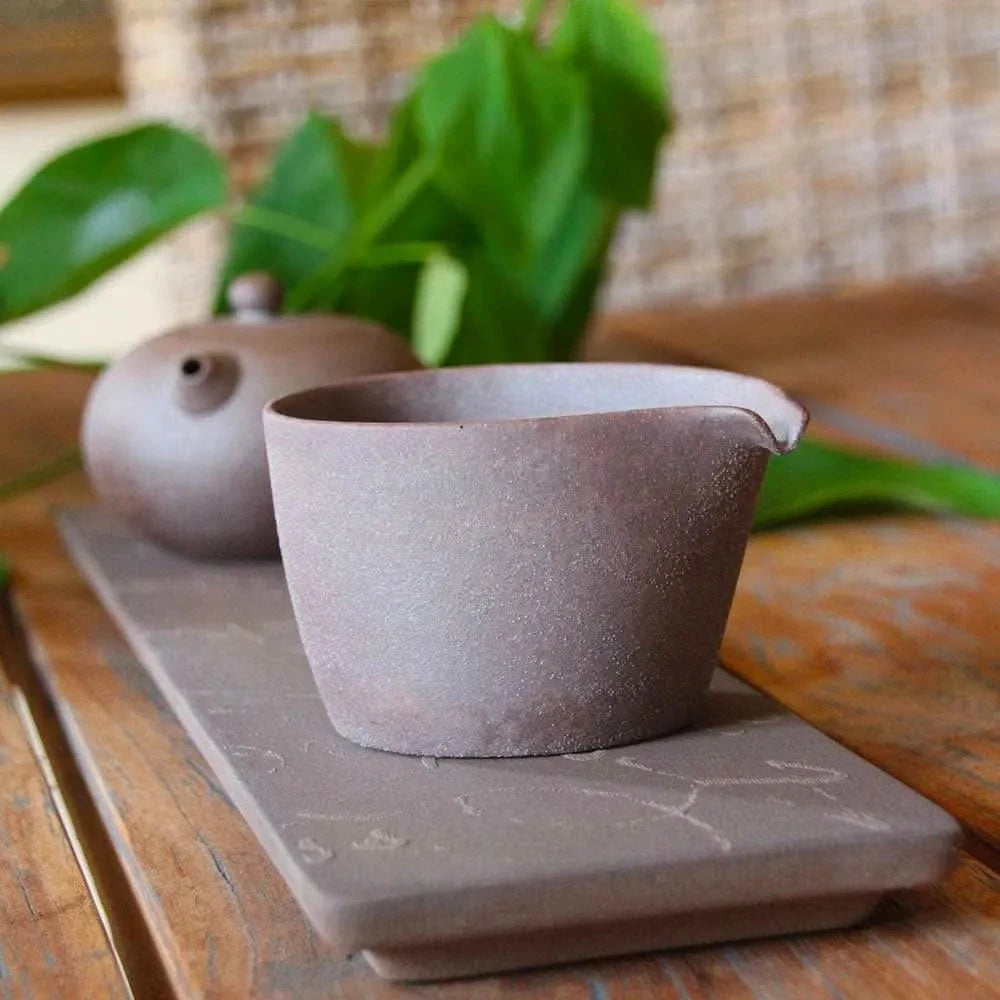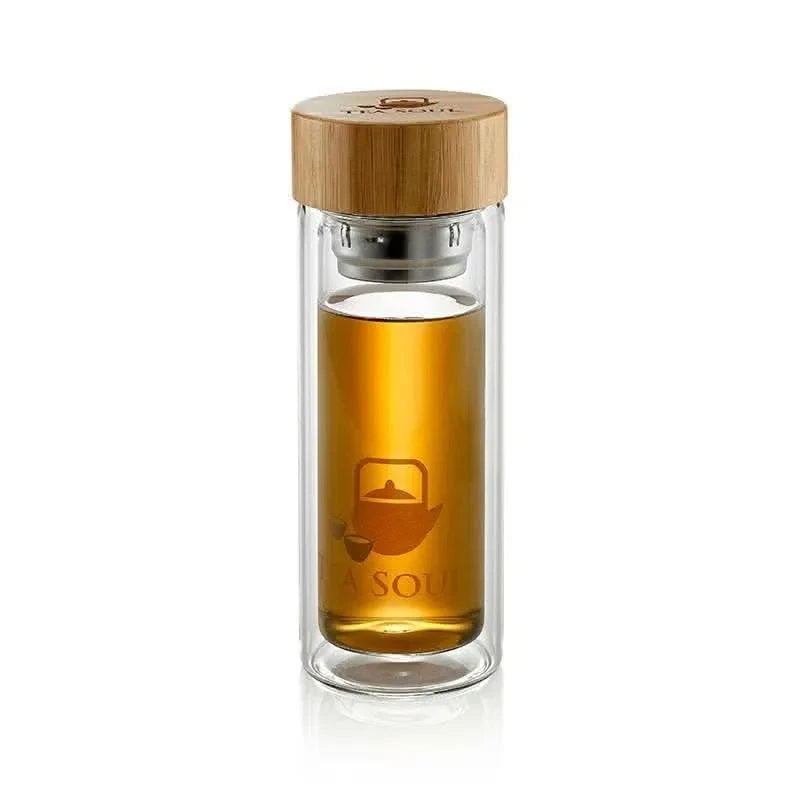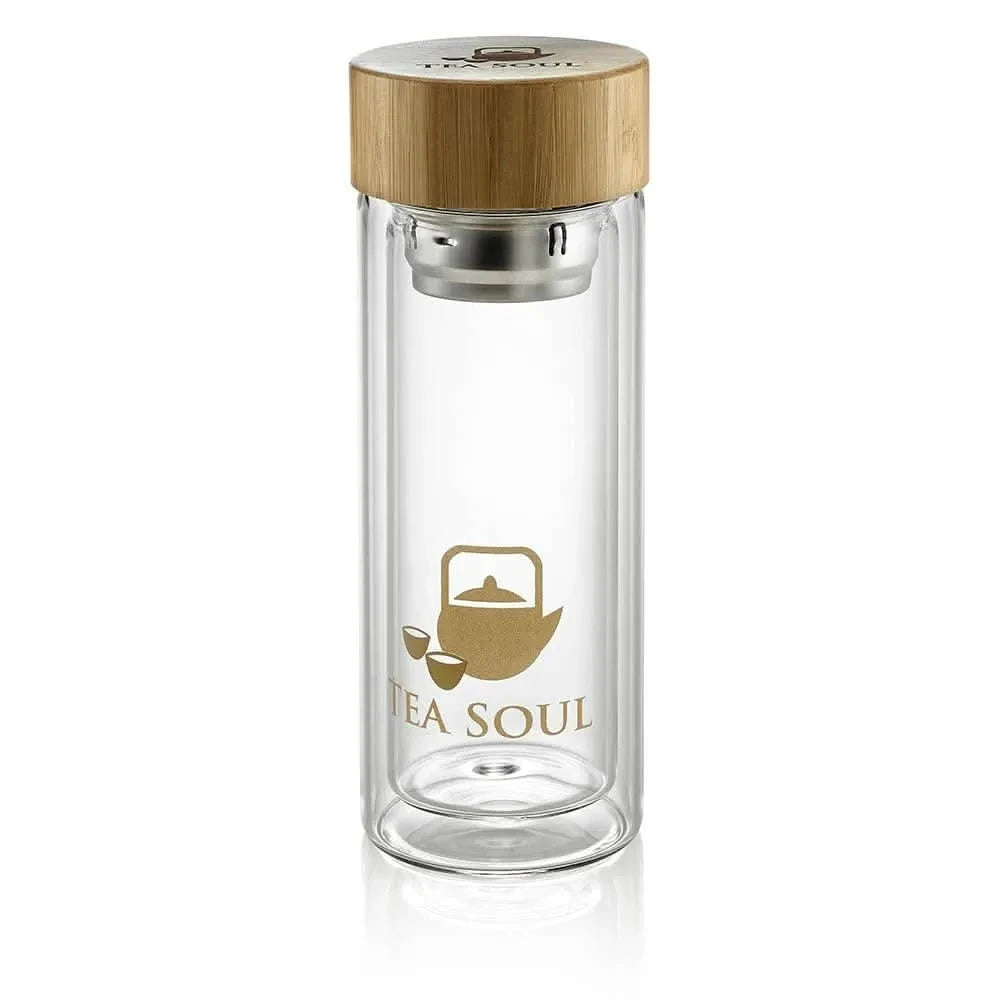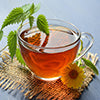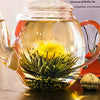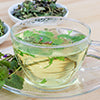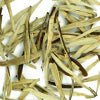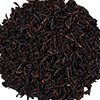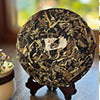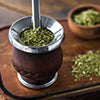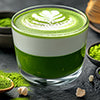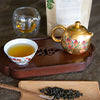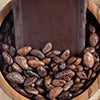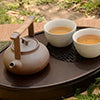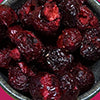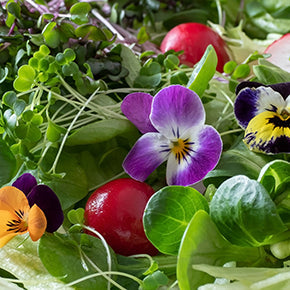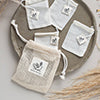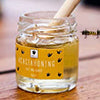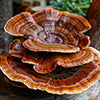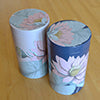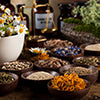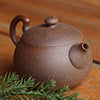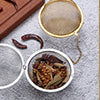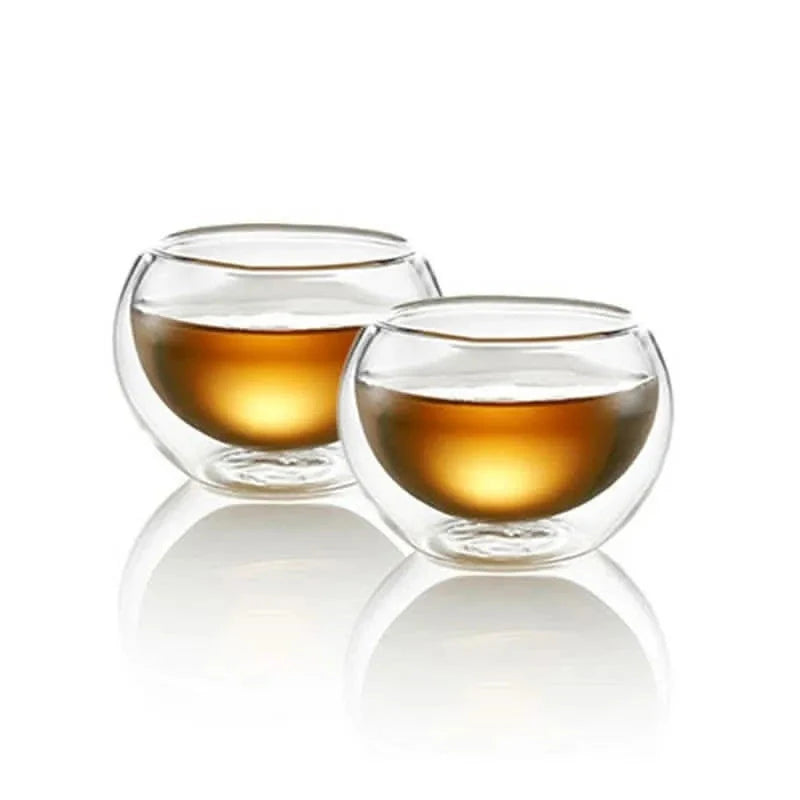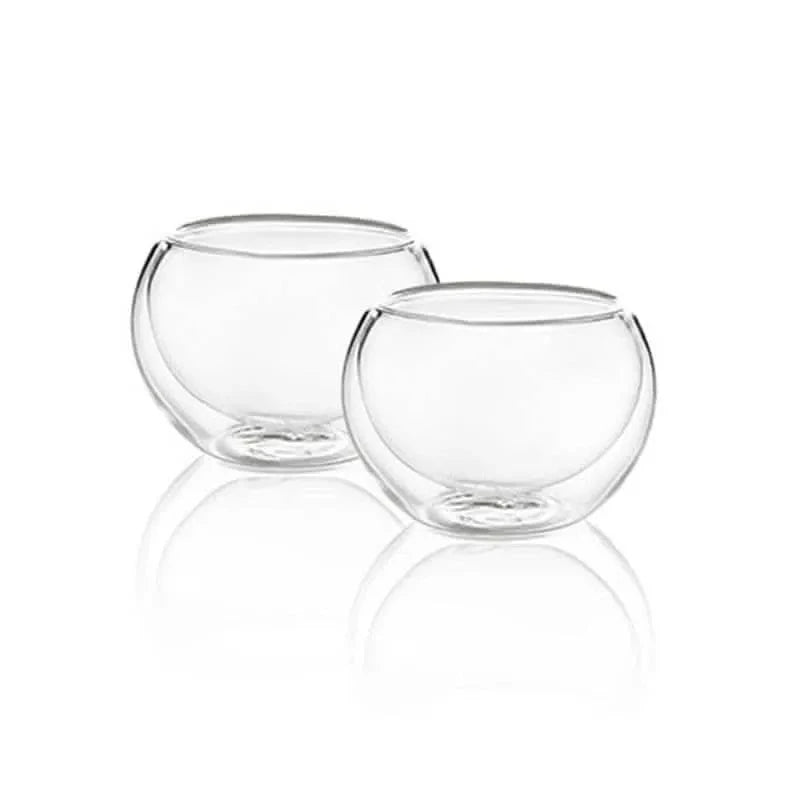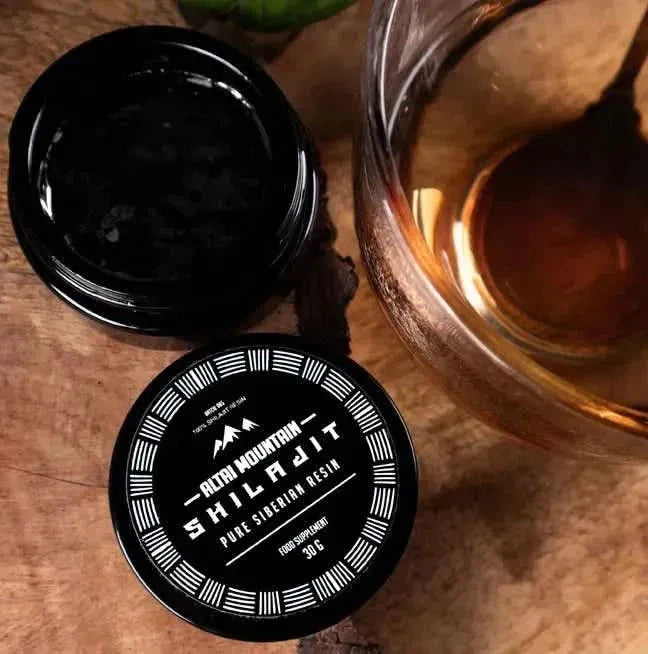Teapots & Kettles
Filter
Sort by:
Description
Teapots and Kettles: Essential Brewing Vessels with Distinct Functions
Teapots and kettles serve fundamentally different roles in tea preparation despite frequent confusion between them. Teapots function specifically for steeping tea leaves and serving the resulting infusion, while kettles are engineered for heating water to precise temperatures before transfer to teapots. This functional distinction underlies centuries of specialized design evolution.
Clay teapots, particularly those crafted from Yixing purple clay, feature porous material that absorbs trace elements from each brewing, gradually enhancing future infusions. These vessels maintain moderate heat retention while allowing necessary breathability for complex flavor development. Dating back to 15th century China, traditional Yixing teapots command high value among collectors for both function and artistry.
Cast iron teapots provide superior heat distribution and remarkable durability, potentially lasting generations with proper maintenance. Many feature enamel interior coatings, distinguishing them from Japanese tetsubin kettles. Porcelain teapots offer excellent heat retention without flavor absorption, making them versatile for brewing different tea varieties without contamination.
Modern electric kettles represent significant technological advancement, enabling precise temperature control essential for optimizing different tea types. This precision prevents delicate teas from being damaged by excessive heat while ensuring robust varieties receive sufficient extraction temperatures.
Types
Yixing Clay Teapots: Traditional Chinese Brewing Vessels
Yixing clay teapots represent the pinnacle of traditional Chinese teaware craftsmanship. Handcrafted from distinctive "Zisha" (purple clay) found exclusively in Jiangsu Province, these vessels date back to the Ming Dynasty when a monk from Jinsha Temple created the first fine quality teapot from local clay. The unique mineral composition of Yixing clay provides exceptional porosity that absorbs trace elements from tea during brewing, developing a seasoned patina that enhances subsequent infusions.
Unglazed Yixing teapots interact with tea in ways glazed vessels cannot, allowing the clay to "breathe" during brewing while maintaining ideal temperature stability. Dedicated tea enthusiasts often maintain separate Yixing teapots for specific tea varieties, maximizing the beneficial interaction between vessel and leaves. These teapots are particularly recommended for brewing puer, black, and oolong teas.
Porcelain and Glass Teapots: Versatile Modern Designs
Porcelain teapots provide excellent heat retention while remaining completely vitrified, preventing flavor absorption or contamination. This characteristic makes them ideal for brewing various tea types without residual flavor transfer. European porcelain teapot production developed rapidly after Chinese examples arrived in the 17th century, leading to distinctive Western designs and manufacturing techniques.
Glass teapots have gained popularity for their ability to showcase the visual aspects of brewing, allowing observation of unfurling tea leaves and color development during infusion. They prove particularly effective for flowering teas and other visually appealing varieties. Modern glass teapots often feature integrated infusers and heat-resistant borosilicate construction.
Cast Iron and Electric Kettles: Traditional and Modern Water Heating
Cast iron teapots, frequently confused with Japanese tetsubin kettles, feature interior enamel coatings preventing rust and making them suitable for brewing rather than direct heating. True tetsubin kettles, made from uncoated cast iron, are designed specifically for water heating and can impart beneficial minerals that enhance tea flavor.
Electric kettles represent significant advancement in water heating technology. Modern variable temperature models allow precise control for different tea varieties, preventing delicate teas from being scorched while ensuring proper extraction for robust varieties. Some incorporate programmable settings, temperature maintenance functions, and automatic shut-off features for convenience and safety.
Benefits
Mineral-Rich Extraction from Traditional Tetsubin Kettles
Authentic Japanese tetsubin kettles, made from uncoated cast iron, offer unique health benefits beyond standard teaware. The iron composition gradually releases trace minerals including iron and zinc into water during heating, potentially addressing common mineral deficiencies. These naturally occurring elements enhance both tea flavor and nutritional profile, creating a subtle mineral richness impossible to achieve with modern materials.
The supplemental iron provided through regular tetsubin kettle use may particularly benefit individuals with insufficient dietary iron intake. Traditional Japanese wisdom suggests these vessels contribute to overall wellness through balanced mineral consumption integral to traditional tea culture.
Temperature Precision and Antioxidant Preservation
Modern electric kettles with precise temperature controls allow brewing at optimal temperatures for different tea varieties, preserving heat-sensitive compounds that would otherwise be destroyed. Green tea, particularly rich in catechins like EGCG (epigallocatechin gallate), requires lower brewing temperatures (70-80°C) to preserve these potent antioxidants that support cellular health and metabolic function.
Temperature precision prevents the excessive release of tannins and astringent compounds that can cause digestive discomfort while maximizing extraction of beneficial polyphenols that support cardiovascular health and immune function. This technical advantage directly enhances the therapeutic potential of various tea types.
Clay Mineral Interaction and Enhanced Flavor Compounds
Unglazed clay teapots, particularly Yixing varieties, facilitate unique mineral exchanges during brewing that enhance both flavor development and potential health benefits. The porous structure allows beneficial interactions between tea compounds and clay minerals, potentially increasing the bioavailability of tea's natural polyphenols and antioxidants.
The moderate breathability of clay teapots creates ideal microenvironments for developing complex flavors while preserving delicate aromatic compounds that contain therapeutic volatile oils. These compounds support respiratory health and provide stress-reducing effects through aromatherapy principles integrated into traditional tea preparation.
Instructions
Optimal Temperature Control for Different Tea Varieties
Precise water temperature significantly impacts tea quality and extraction efficiency. Black and herbal teas require near-boiling water (95-100°C) for complete flavor development, while delicate green and white teas need reduced temperatures (70-85°C) to prevent bitterness and preserve heat-sensitive compounds. Modern electric kettles with variable temperature settings allow precise control previously impossible with traditional heating methods.
Material-Specific Maintenance Requirements
Unglazed clay teapots should never be washed with soap or detergents, which would be absorbed into the porous material. Instead, rinse thoroughly with hot water after each use. Cast iron teapots with enamel interiors require gentle cleaning to prevent coating damage, while unused water should be removed completely to prevent rust development on exposed iron surfaces. Porcelain and glass teapots can generally be cleaned with mild detergents but may require specialized brushes for narrow spouts.
Seasoning Procedures for New Clay Teapots
New Yixing clay teapots benefit from proper seasoning before regular use. The traditional process involves multiple infusions with the intended tea variety, allowing the porous clay to absorb characteristic compounds that enhance future brews. This creates a beneficial patina that develops progressively with continued use, making dedicated teapots for specific tea varieties particularly valuable to serious tea enthusiasts.
FAQs
